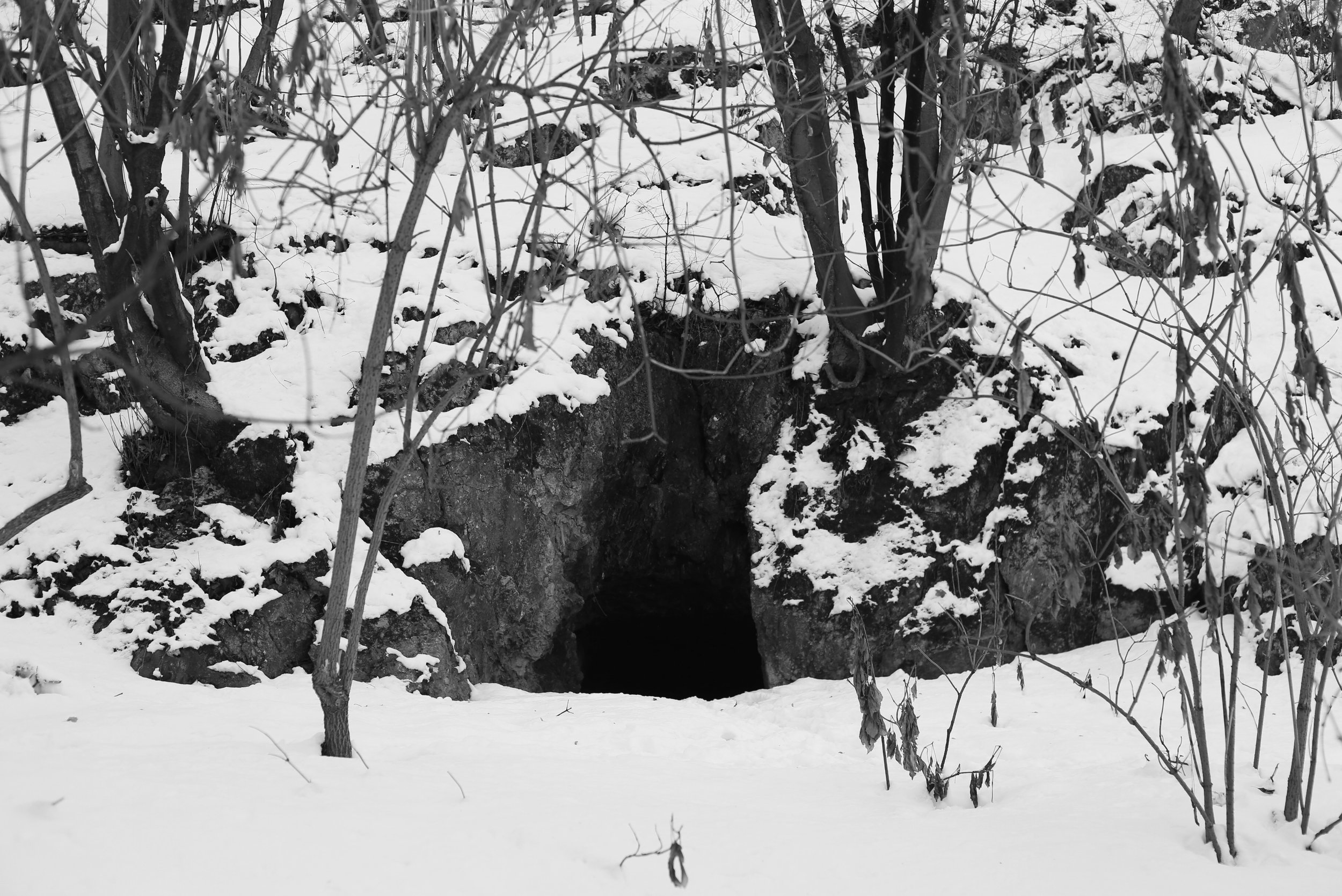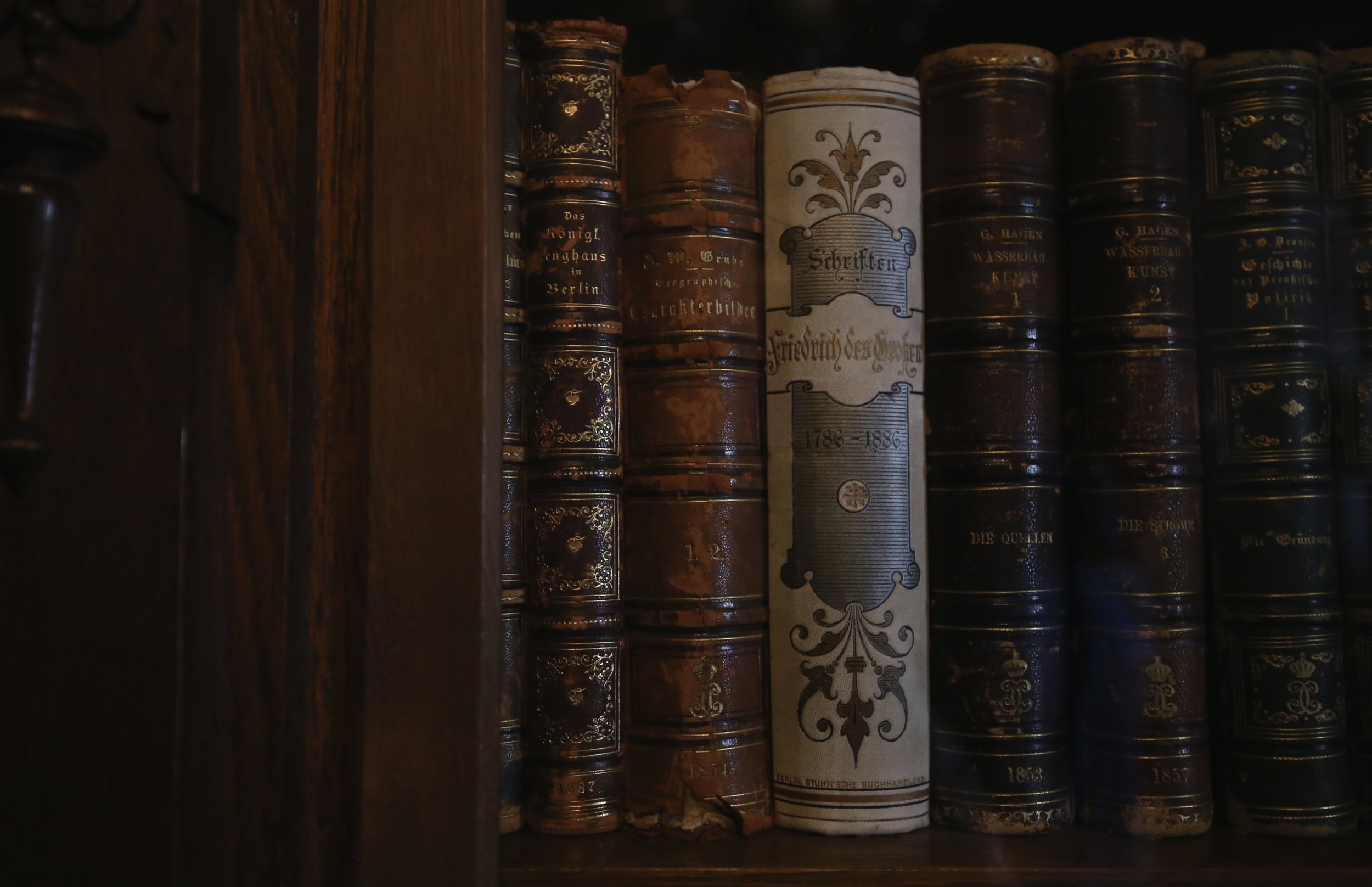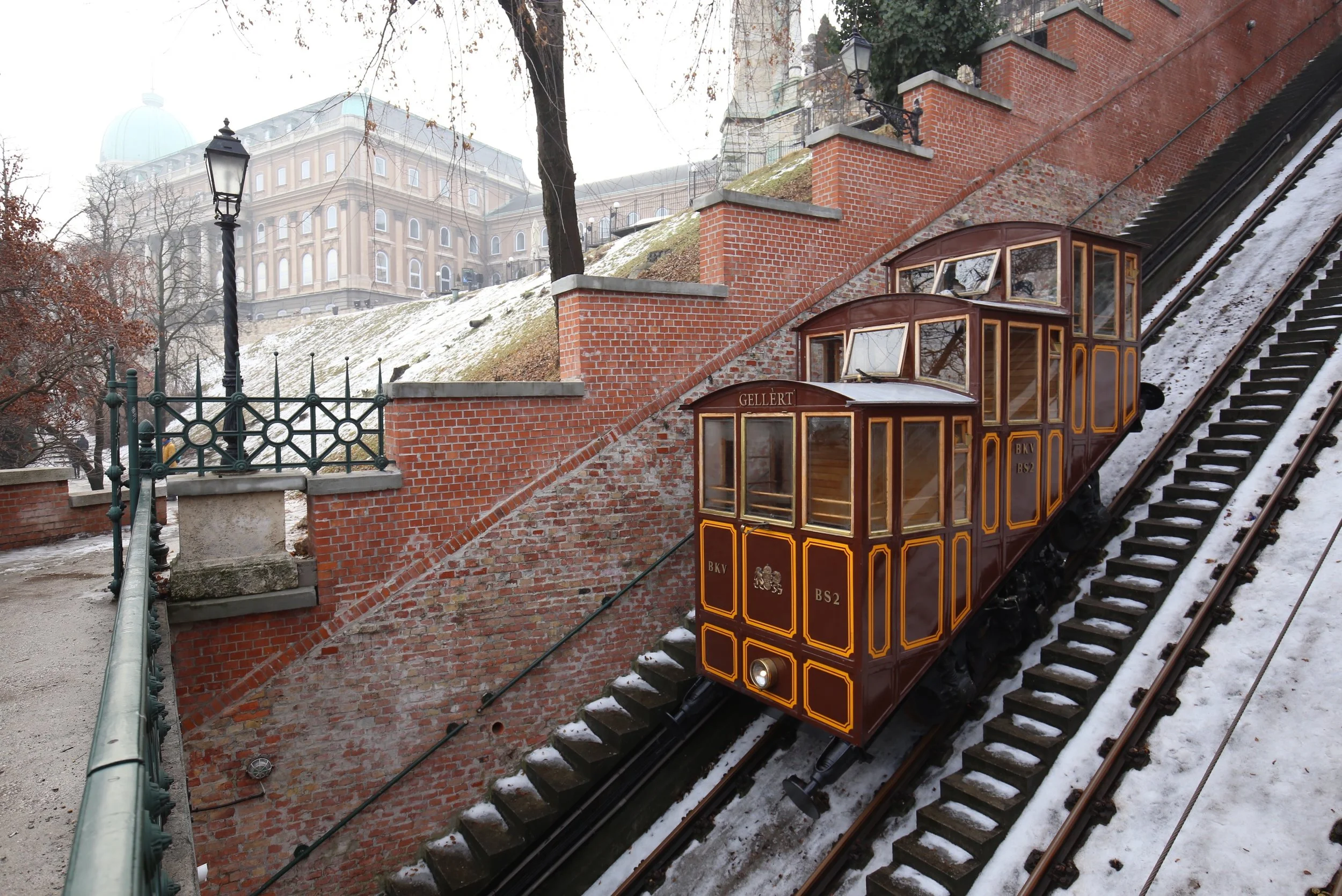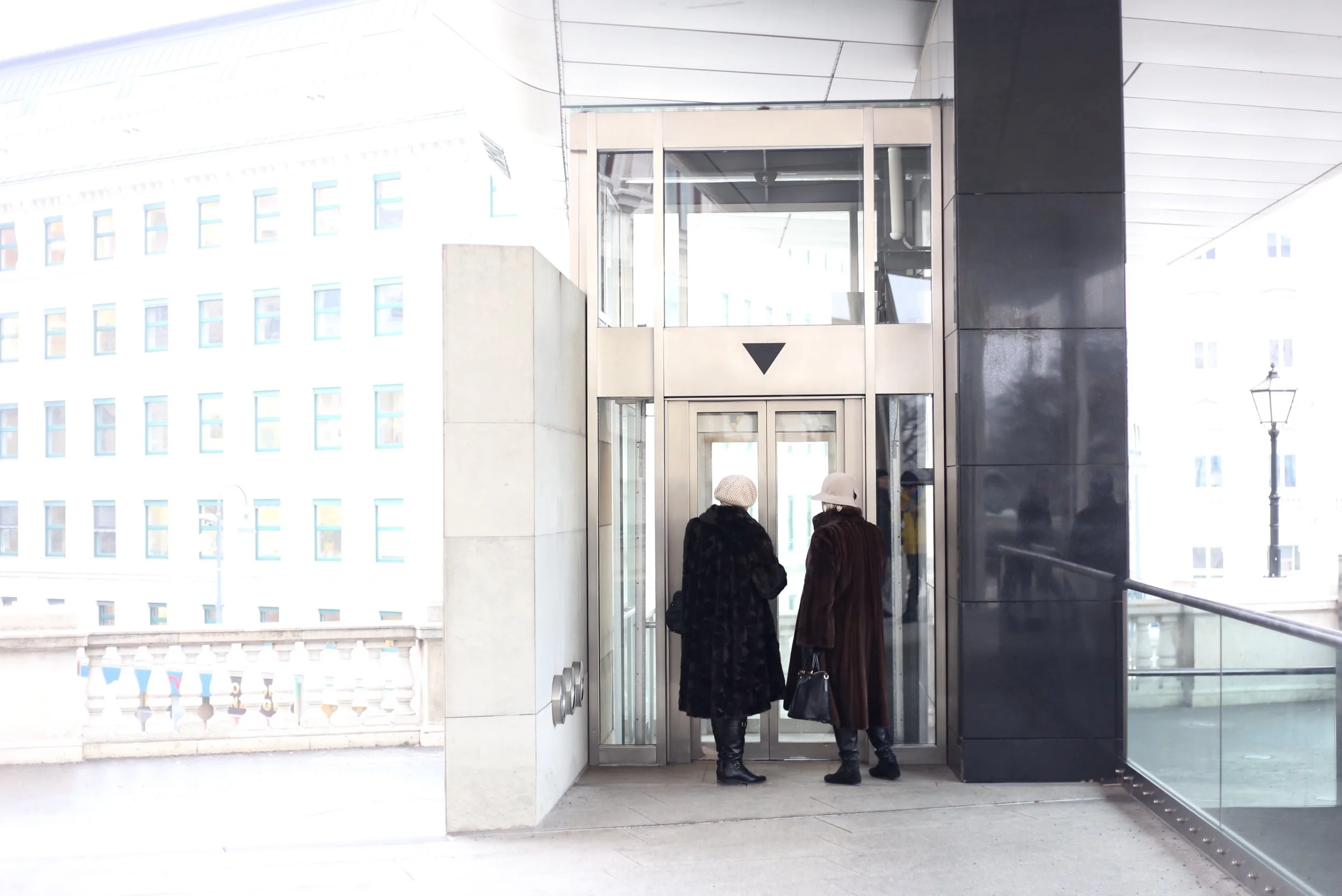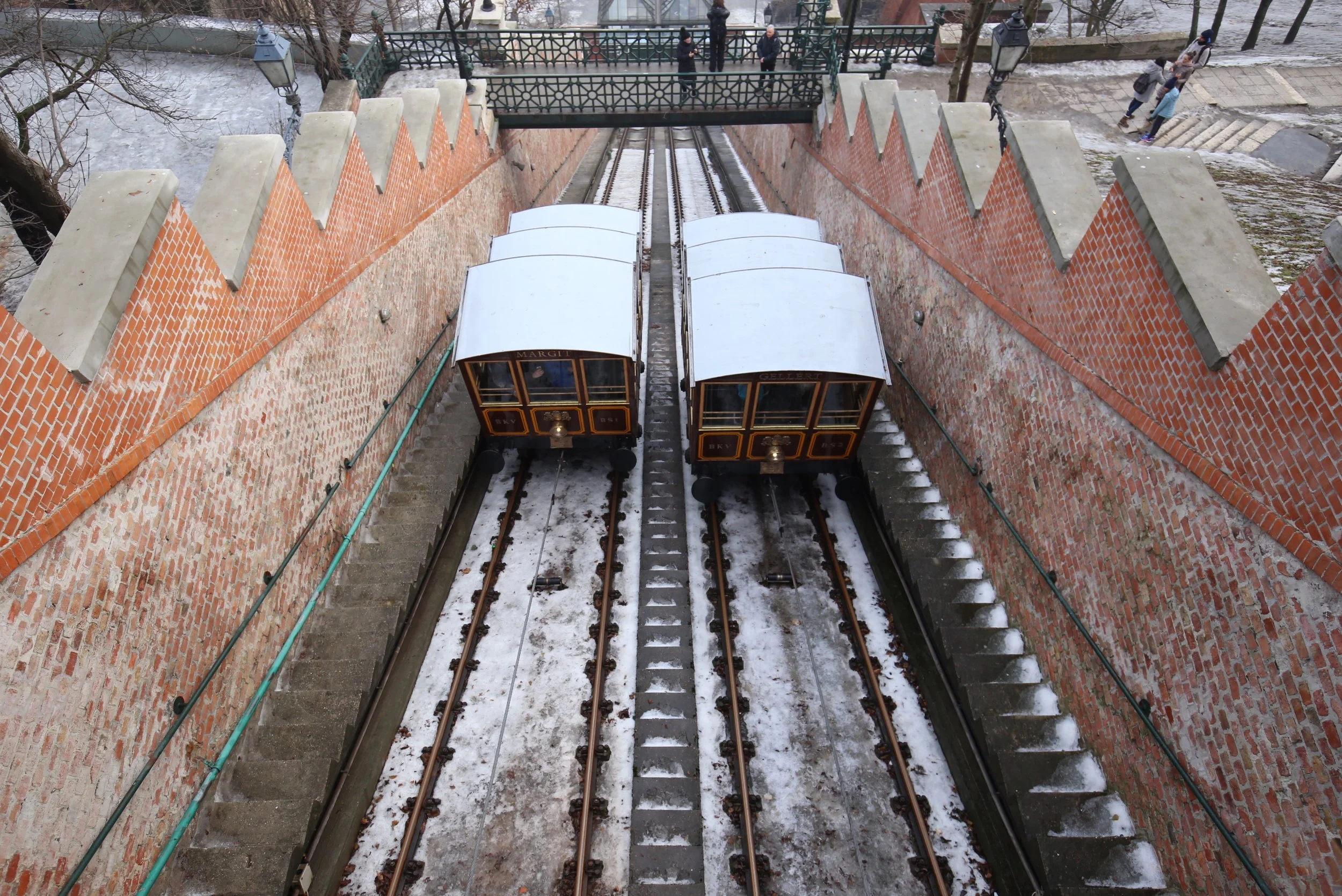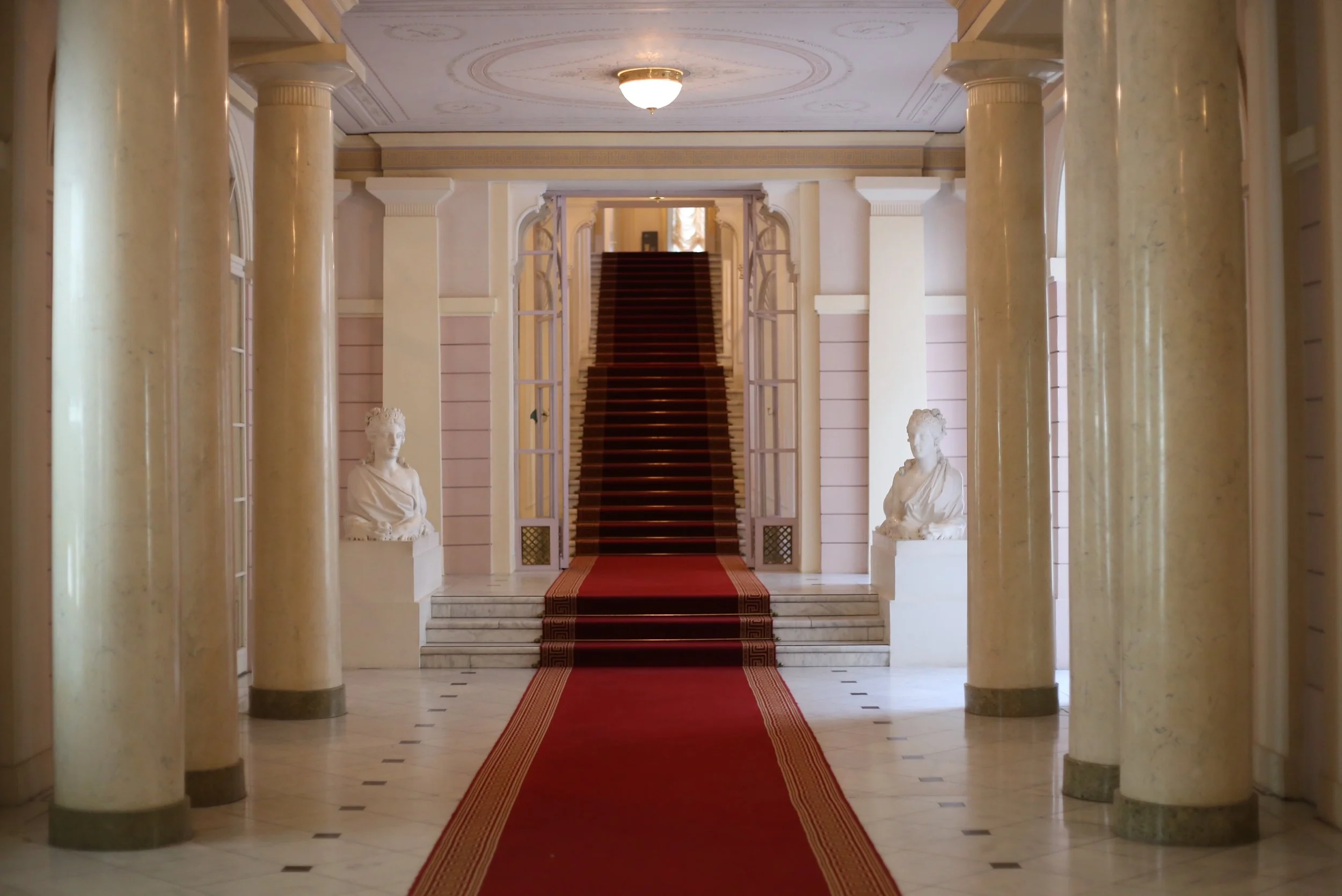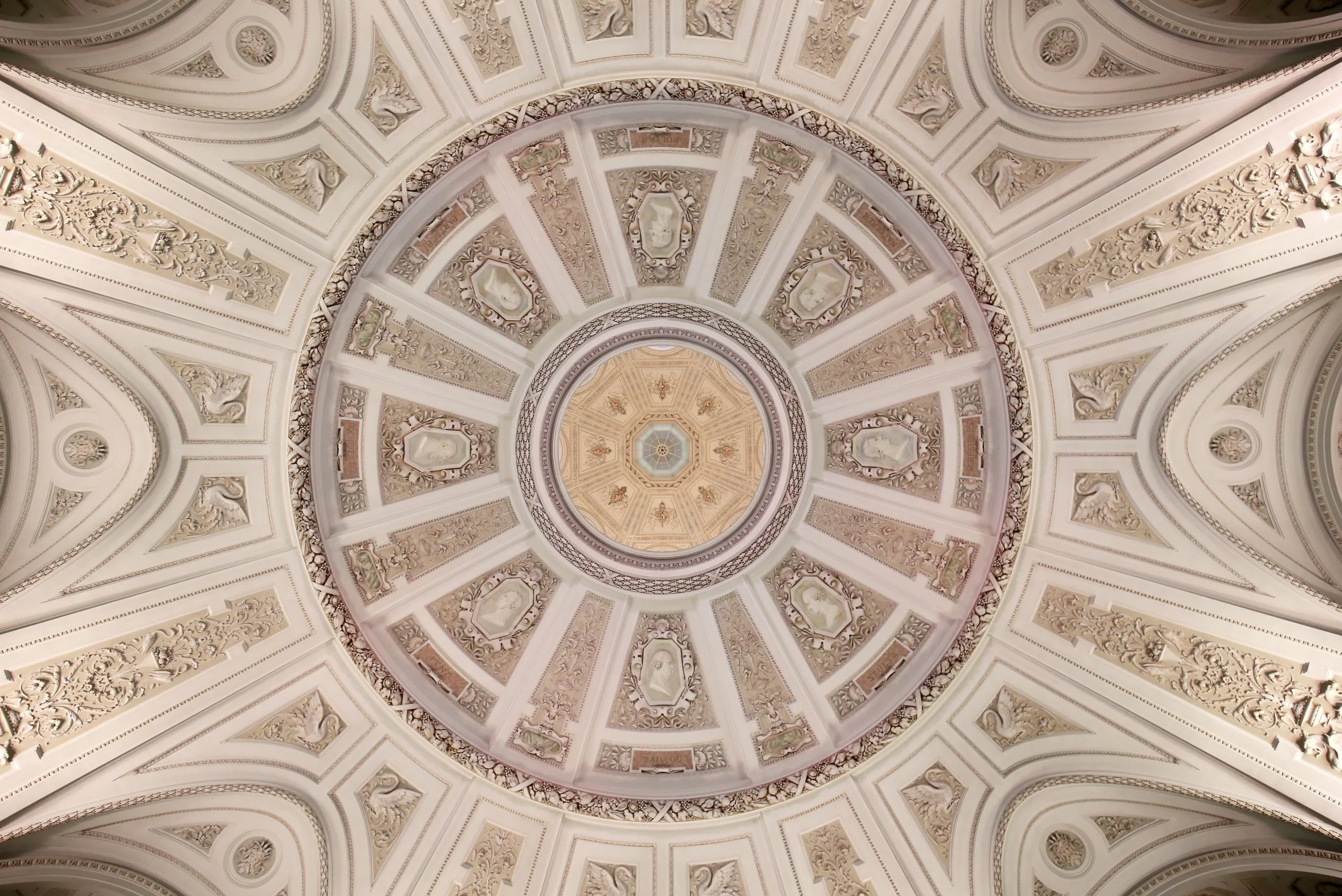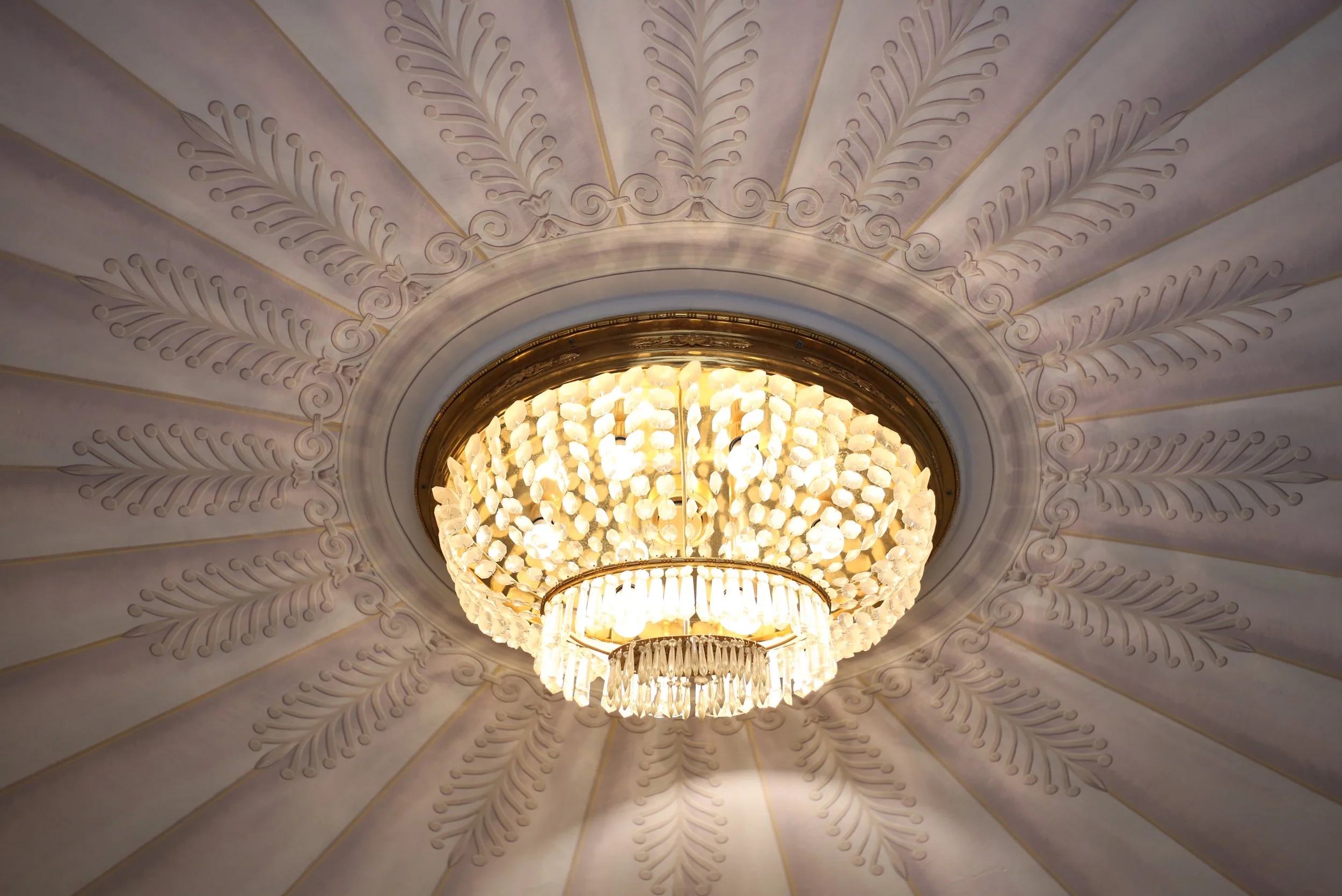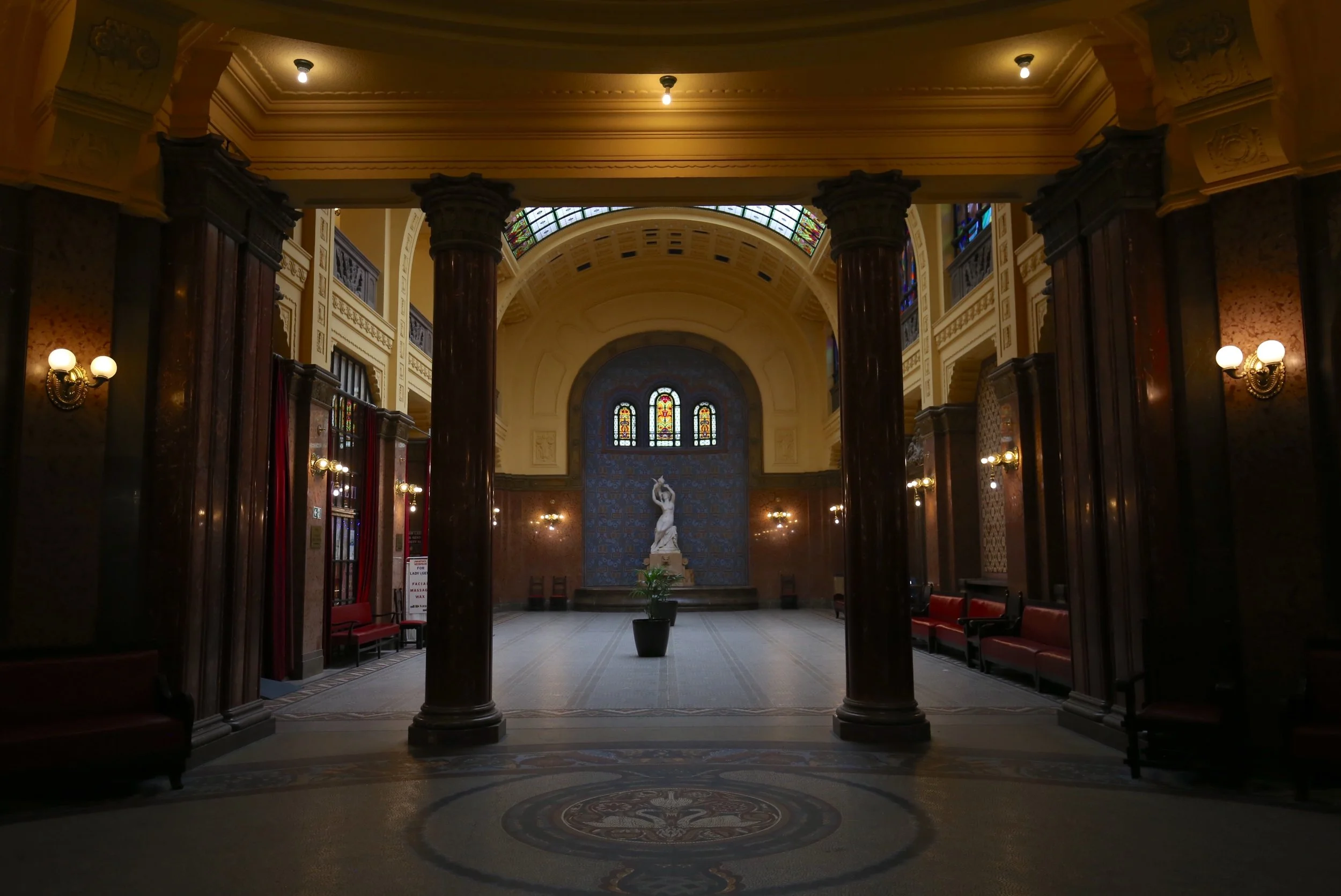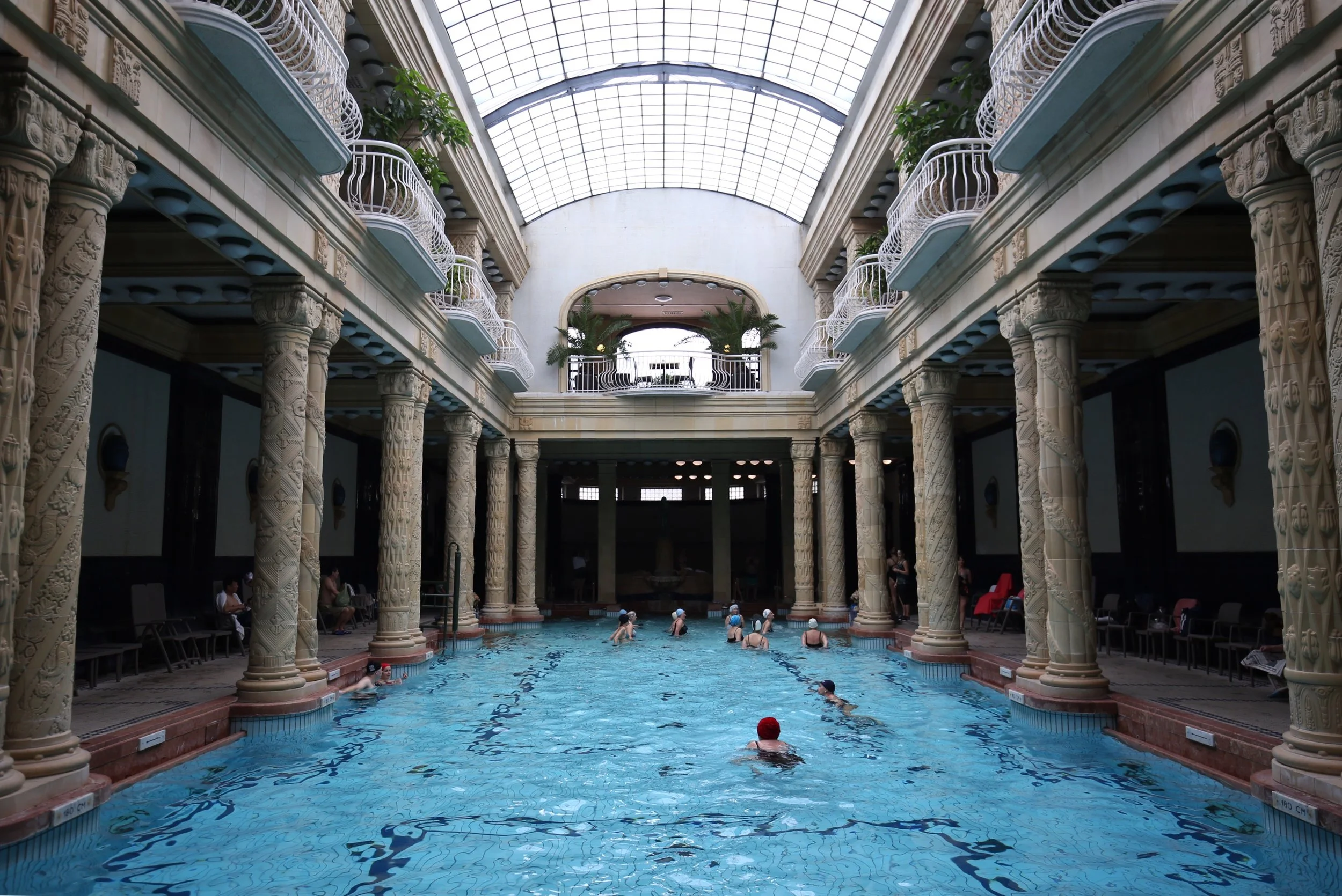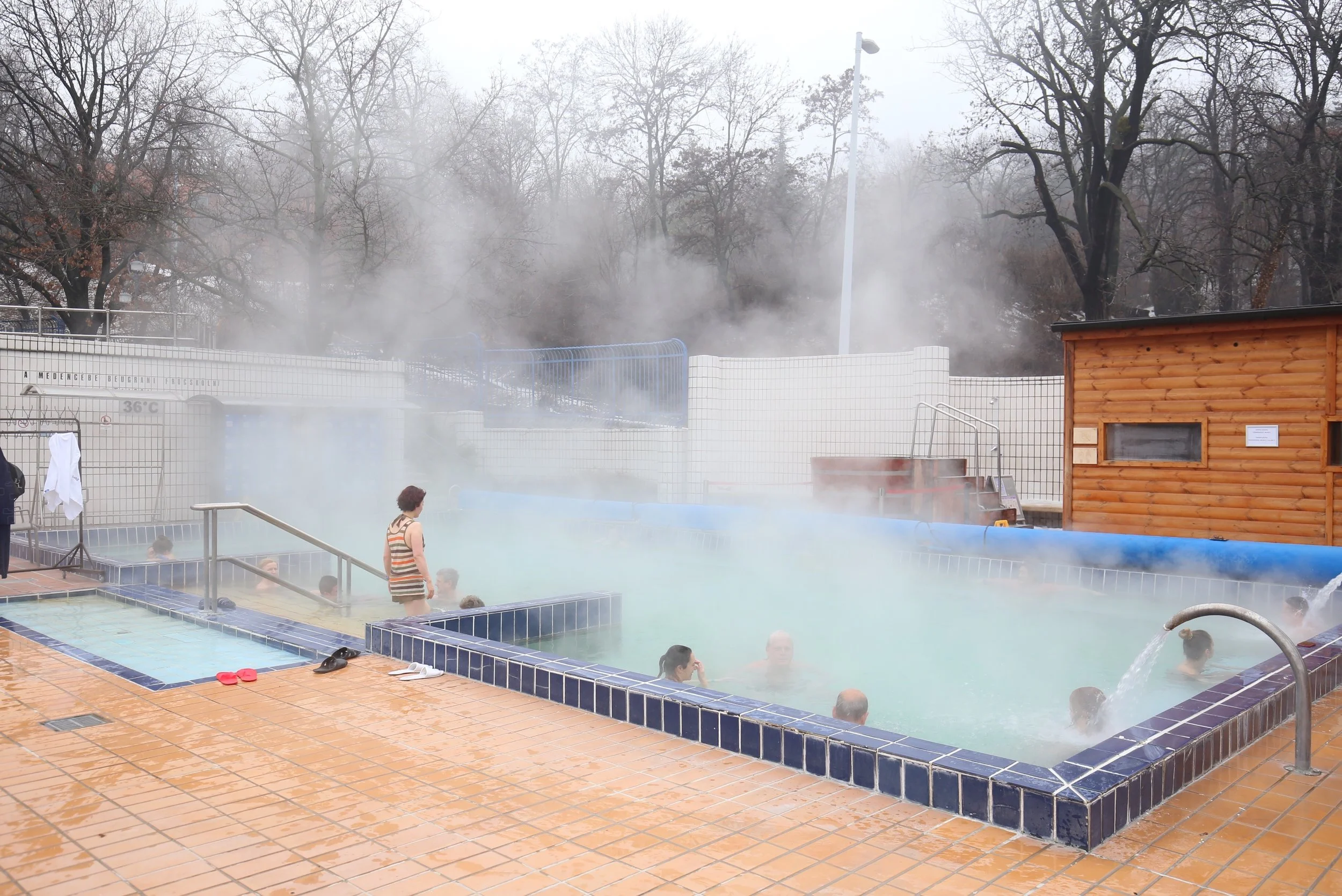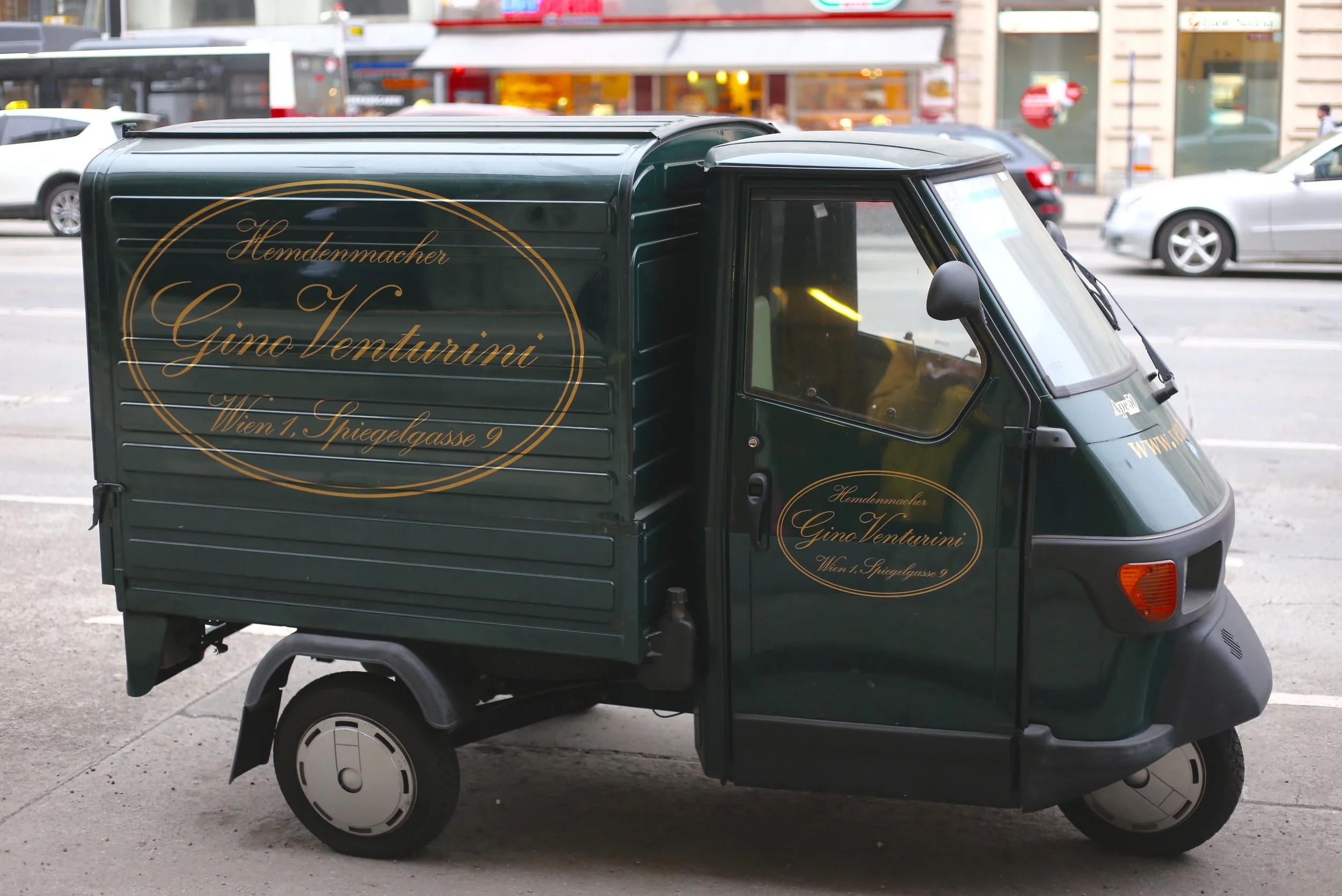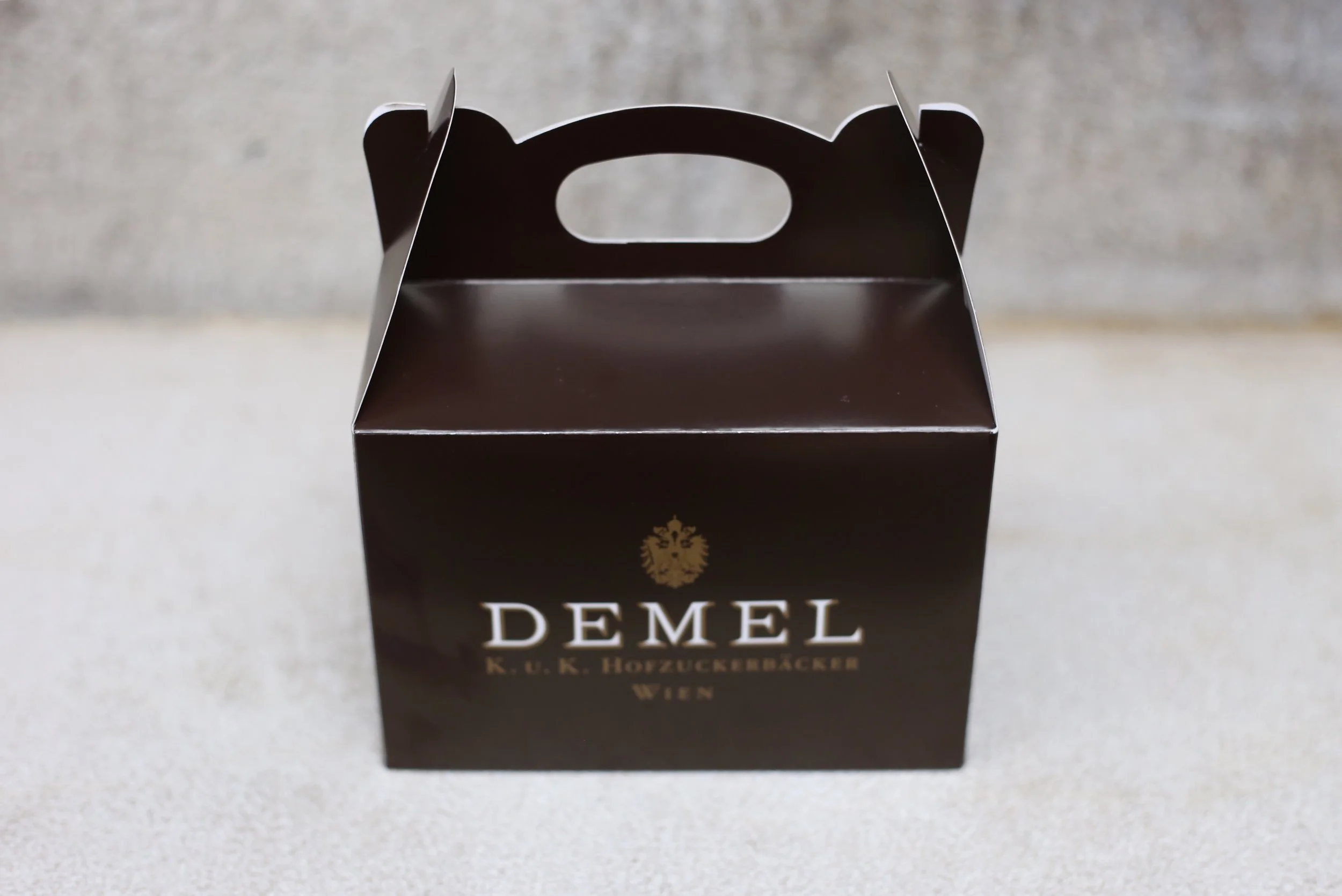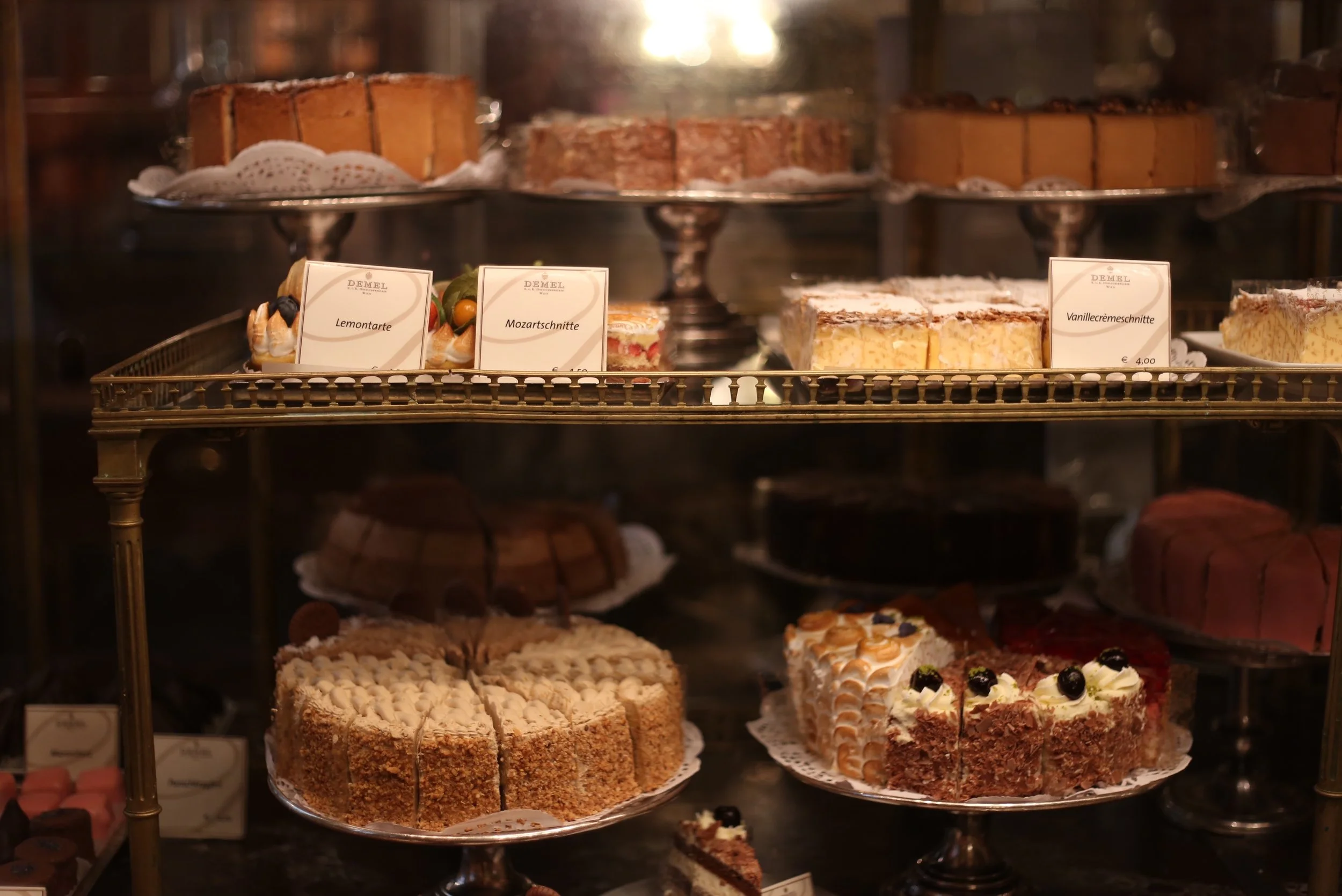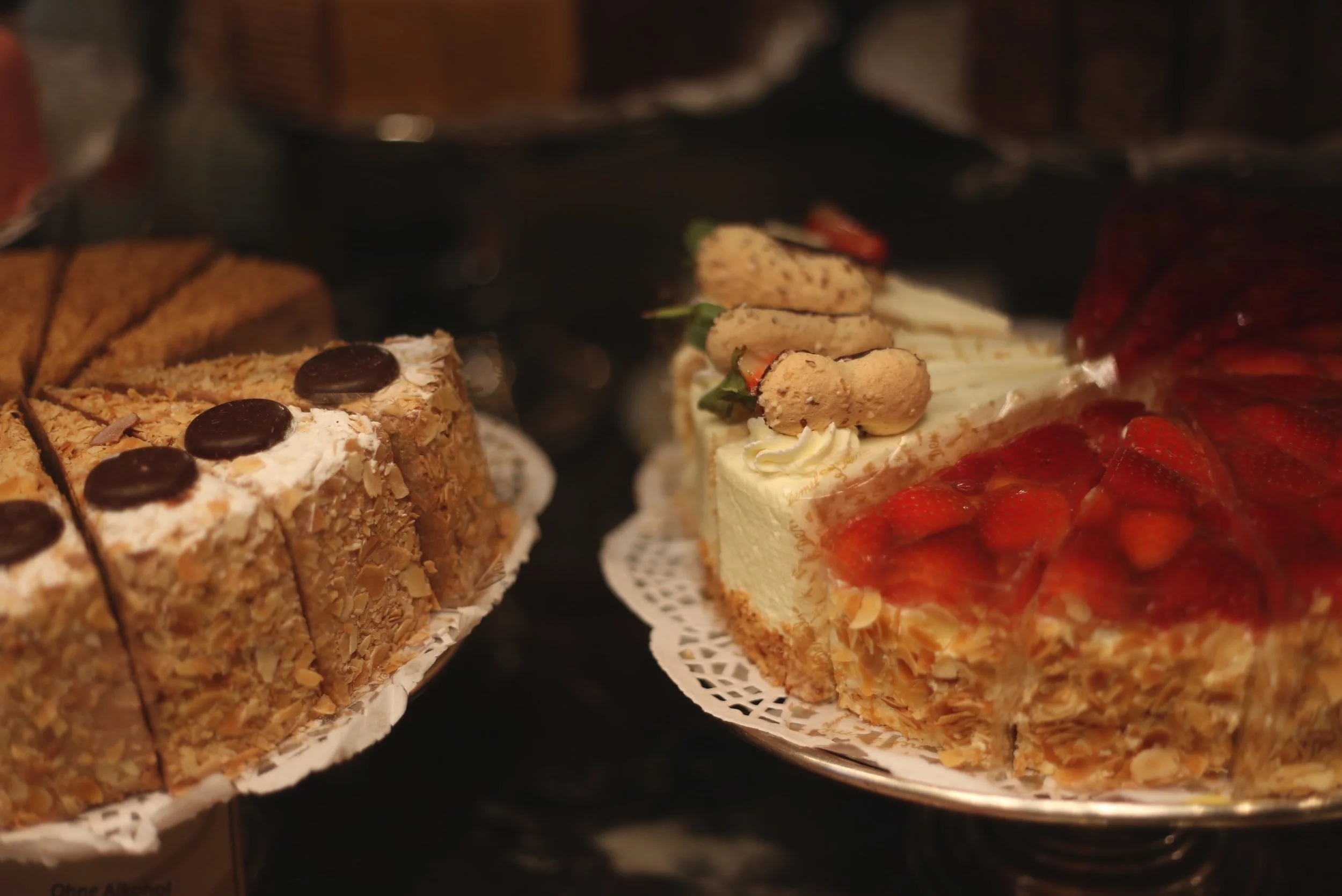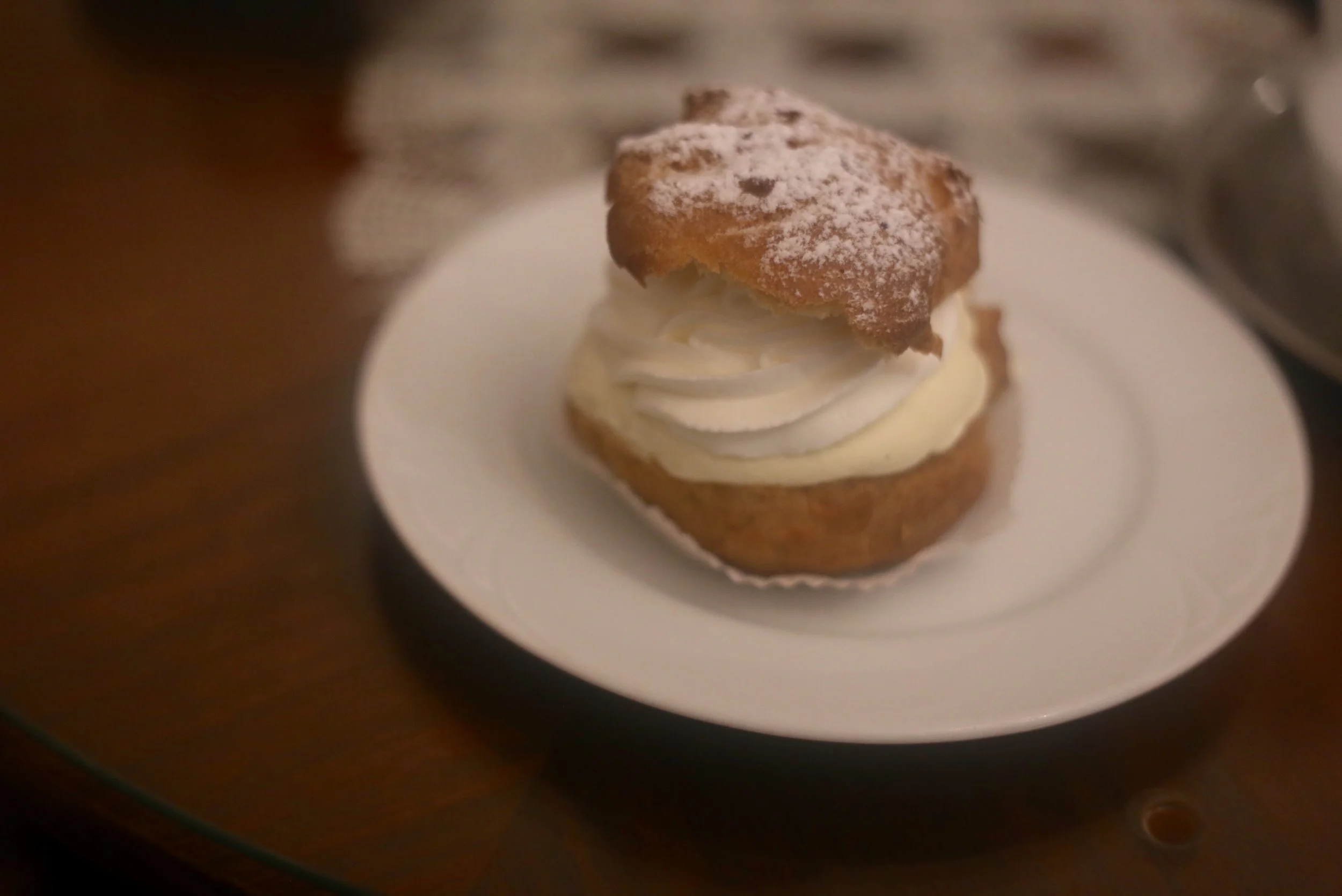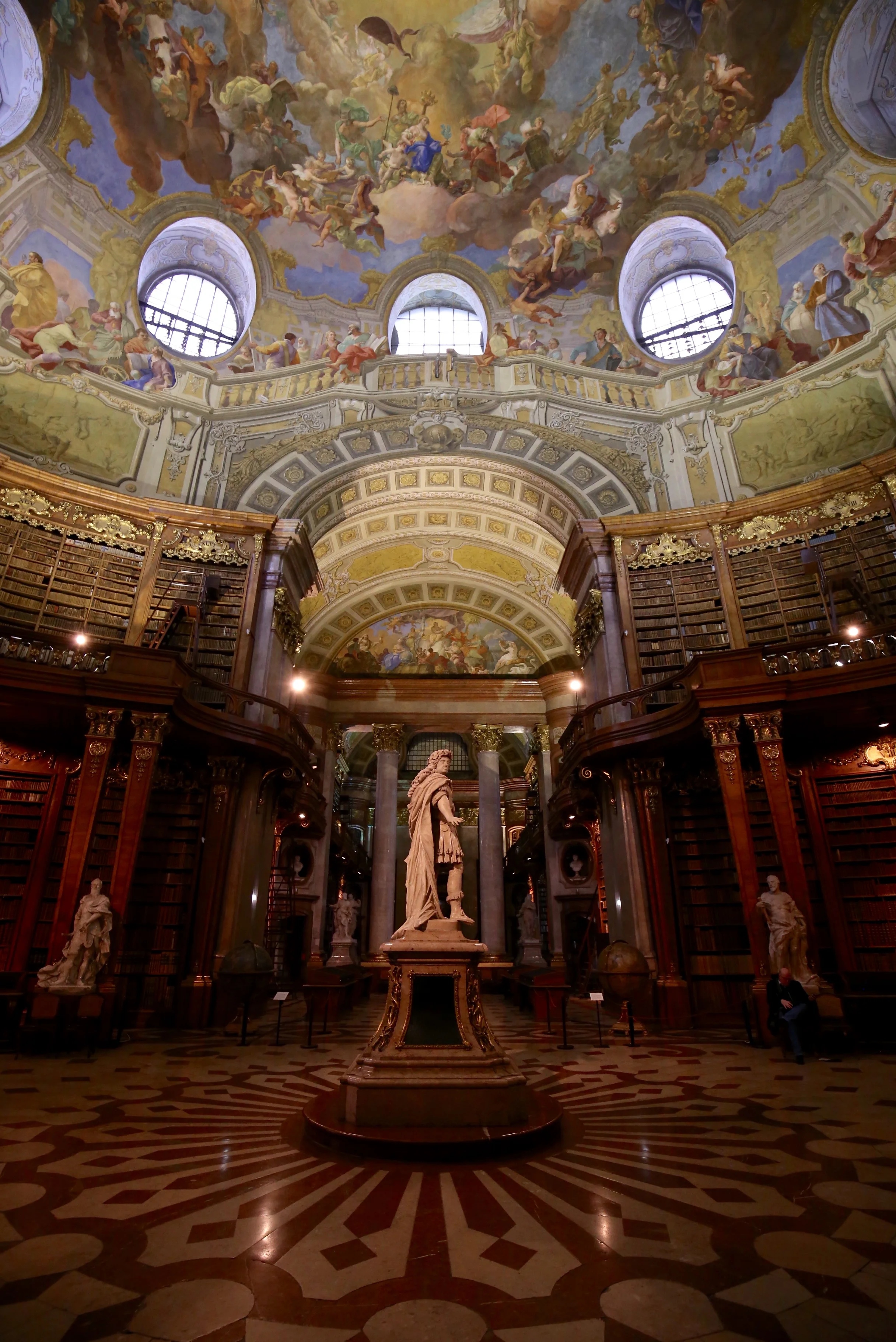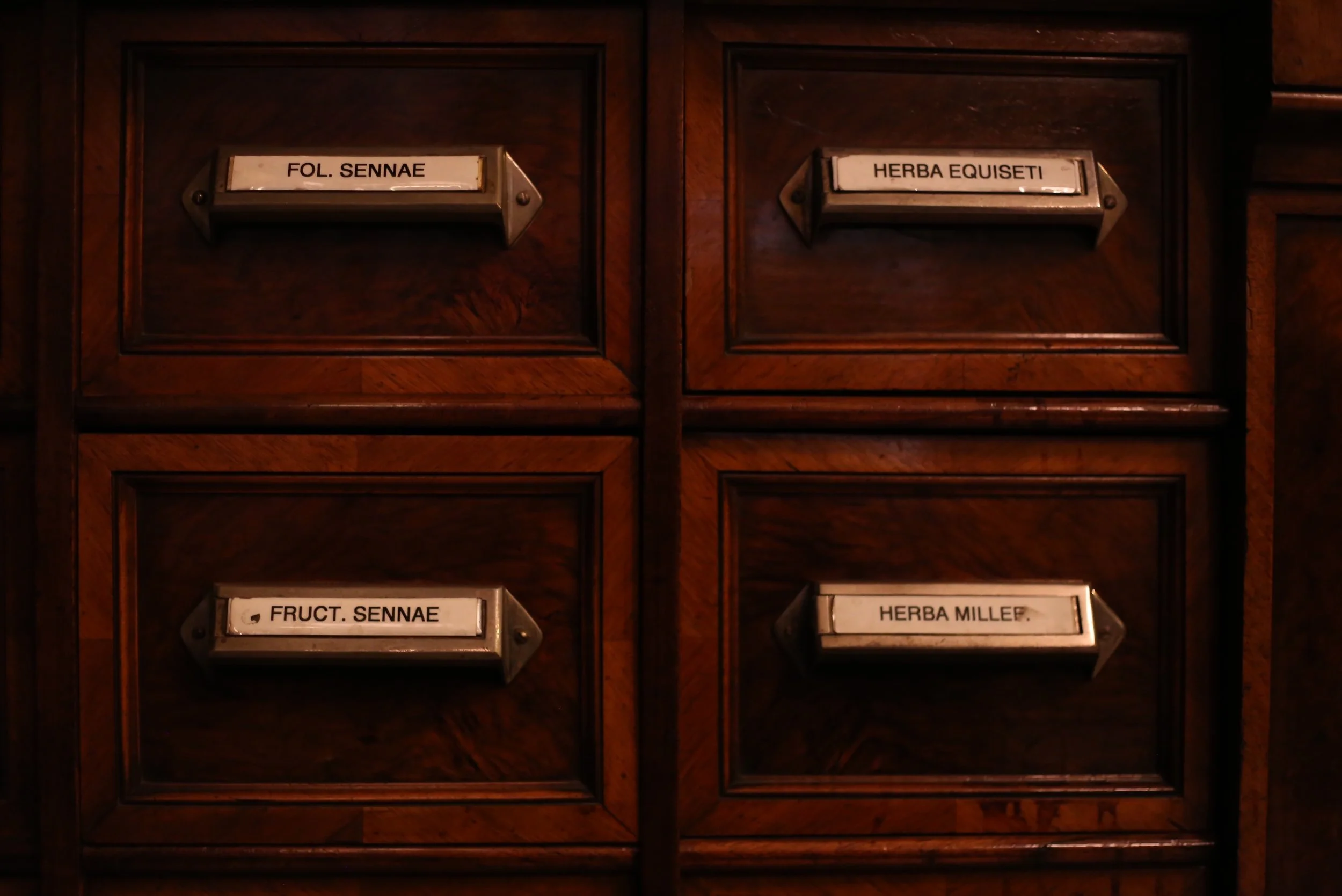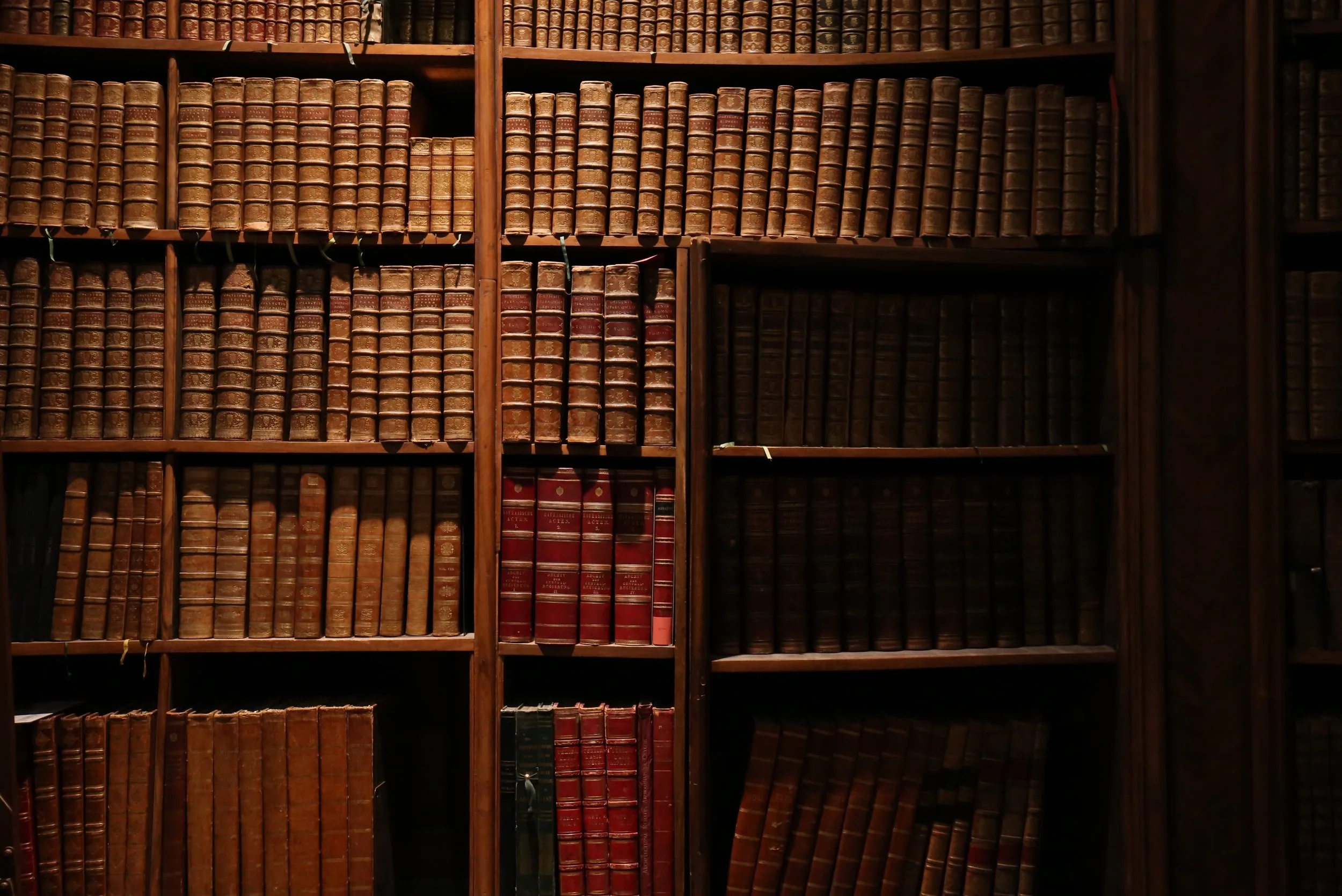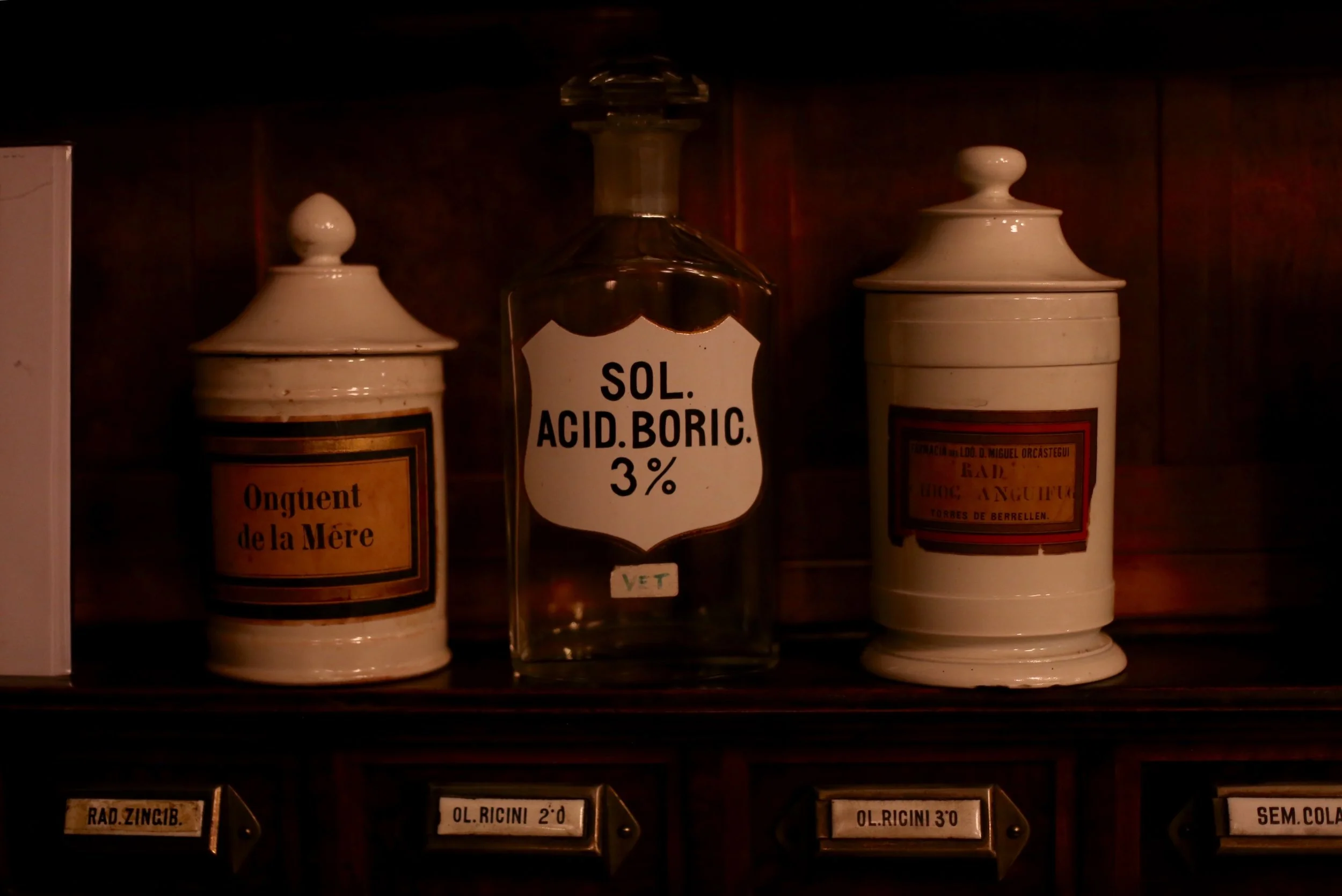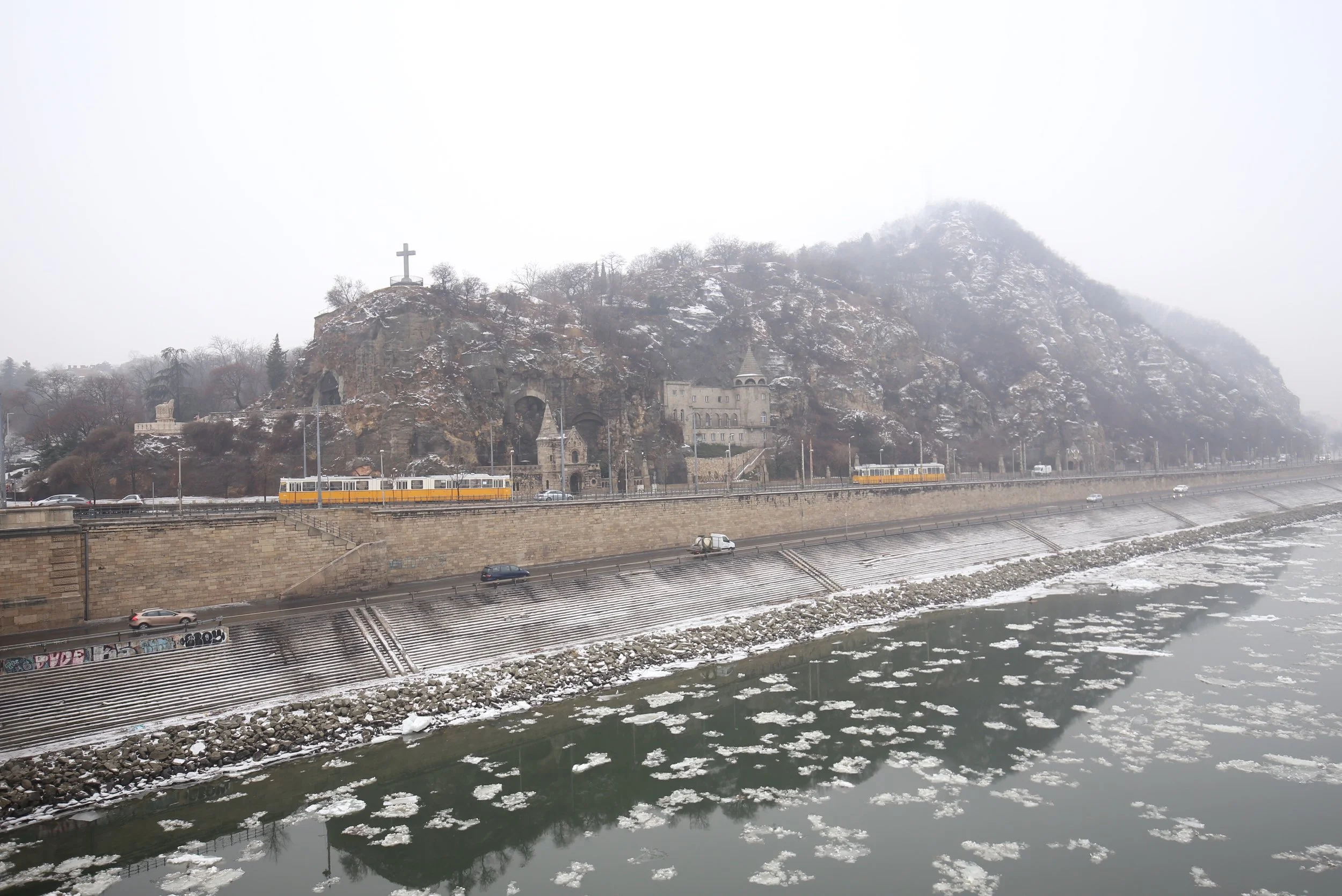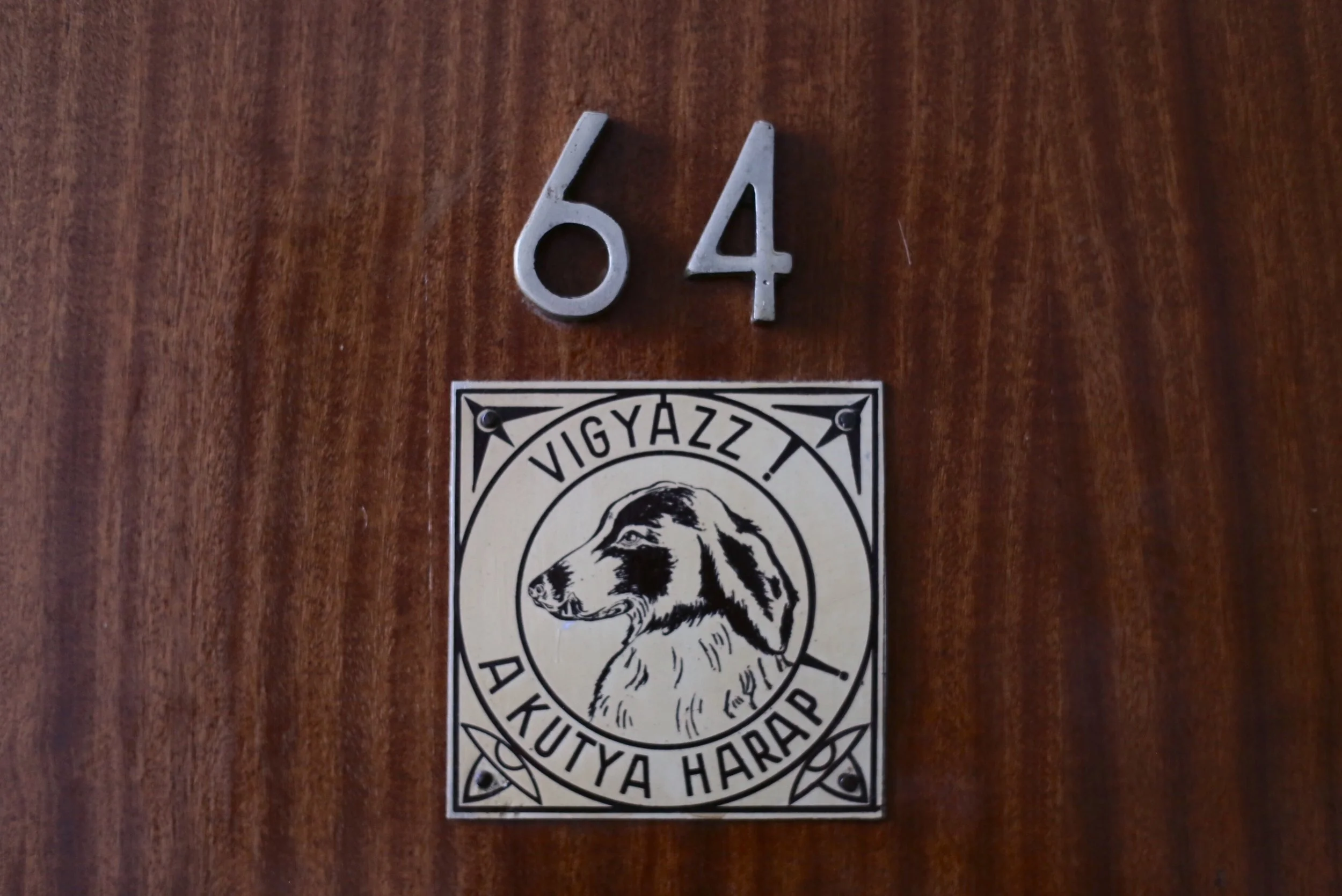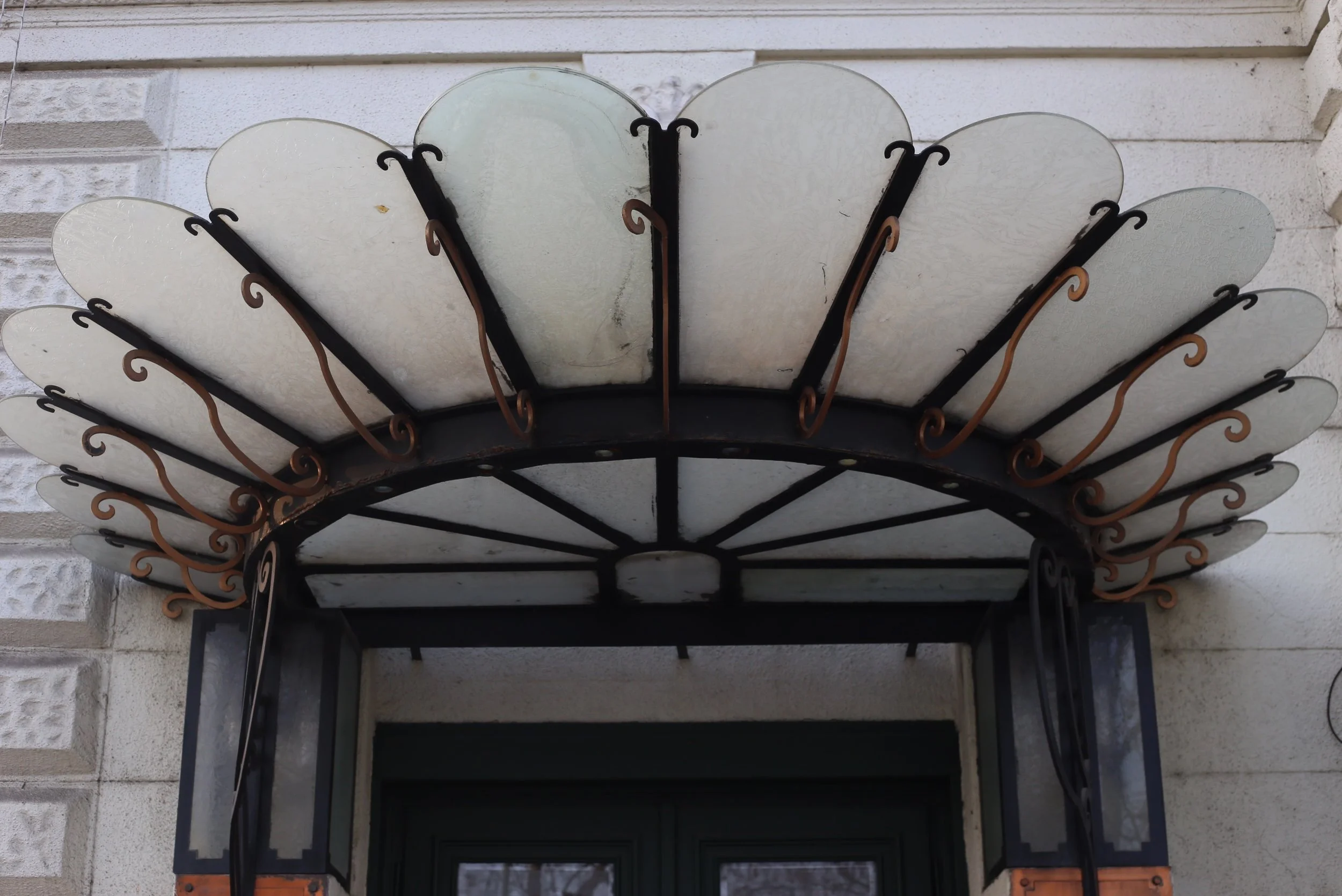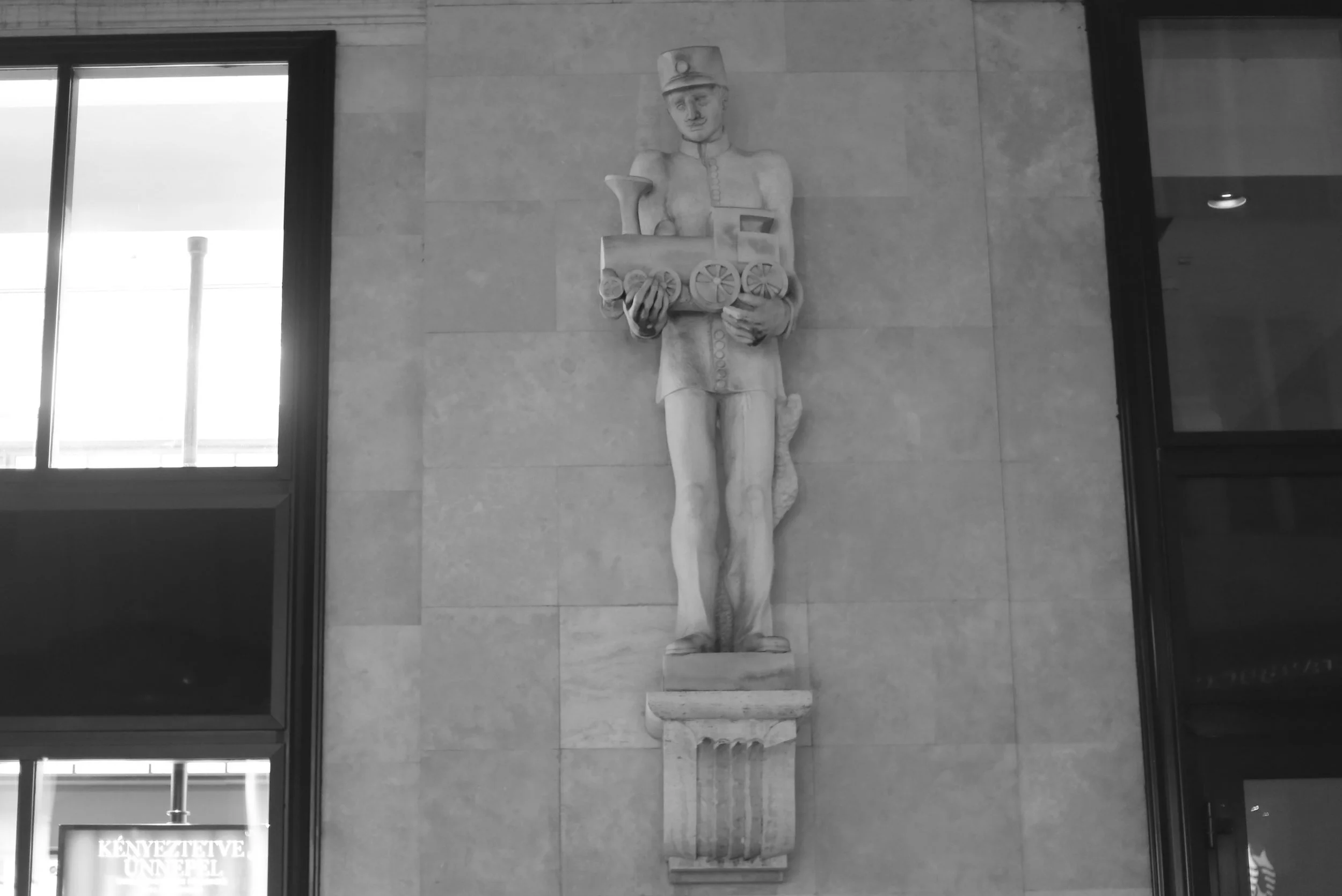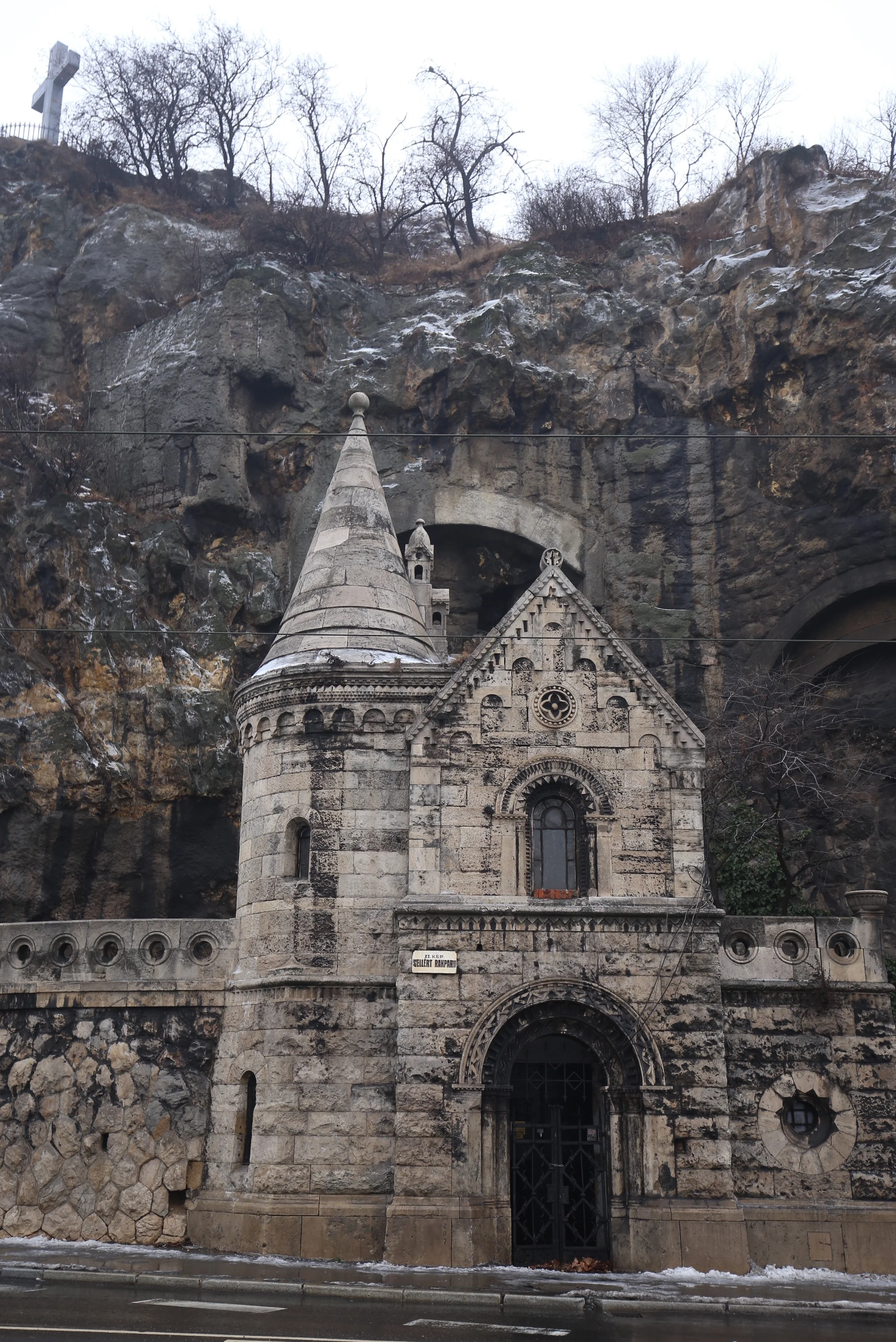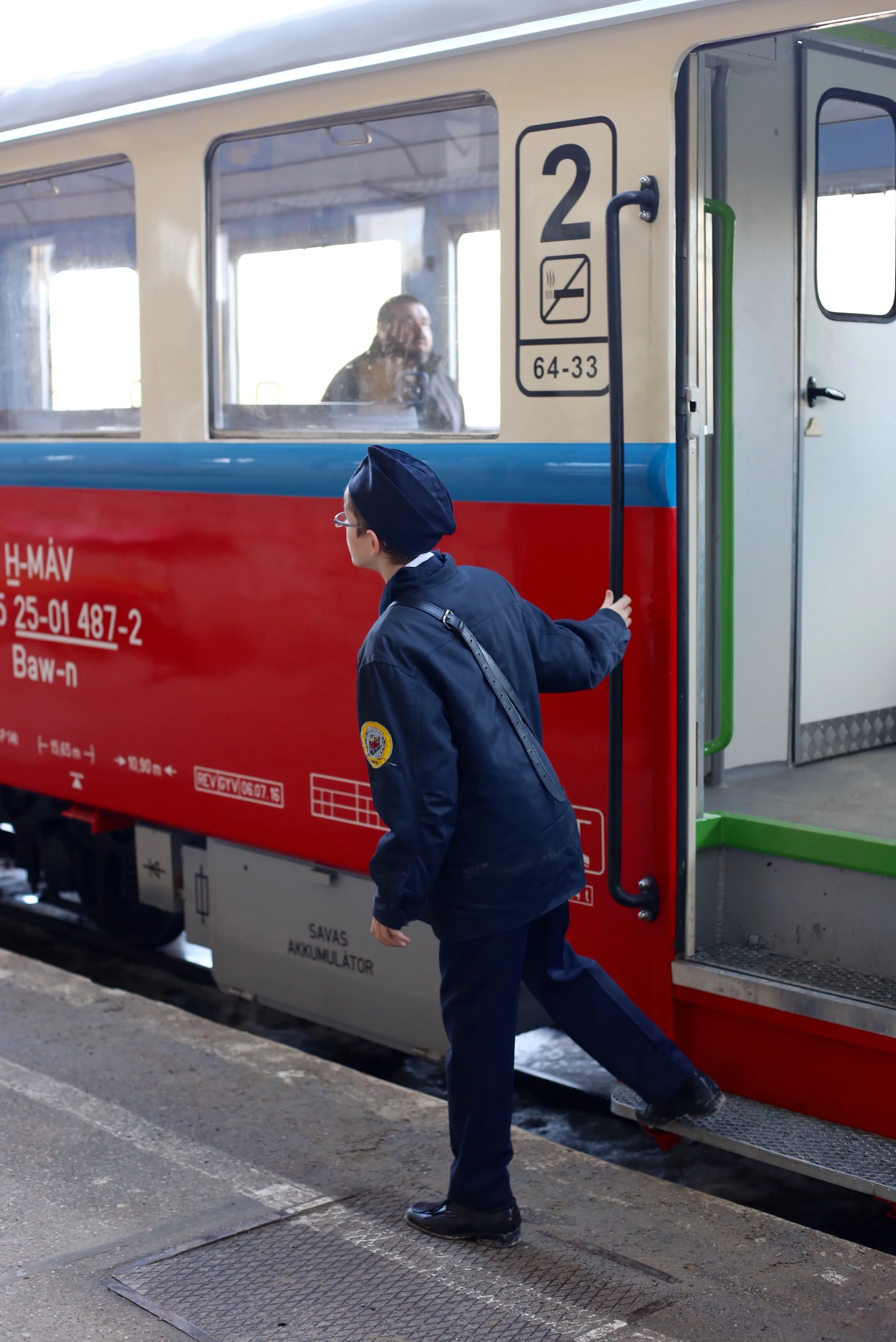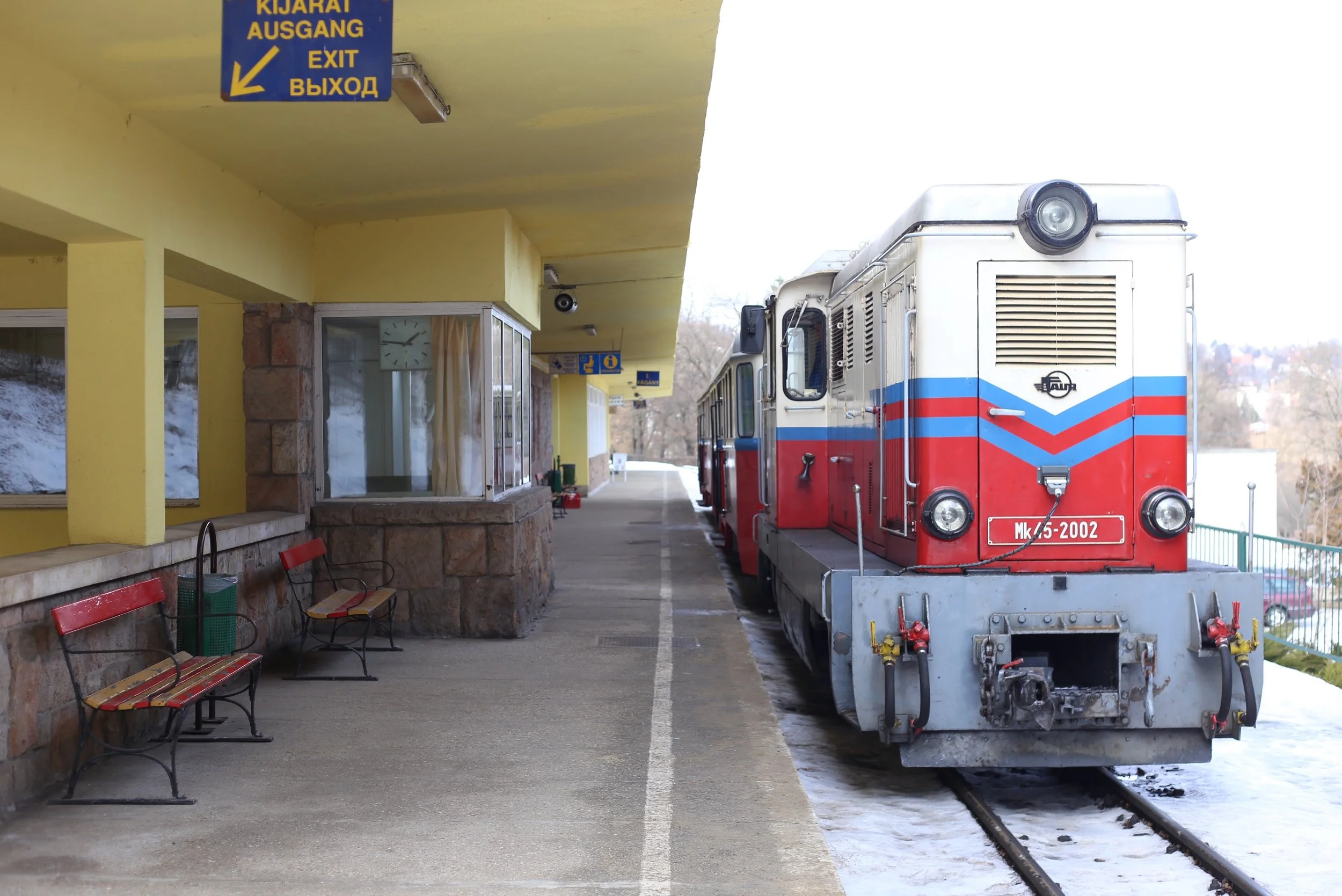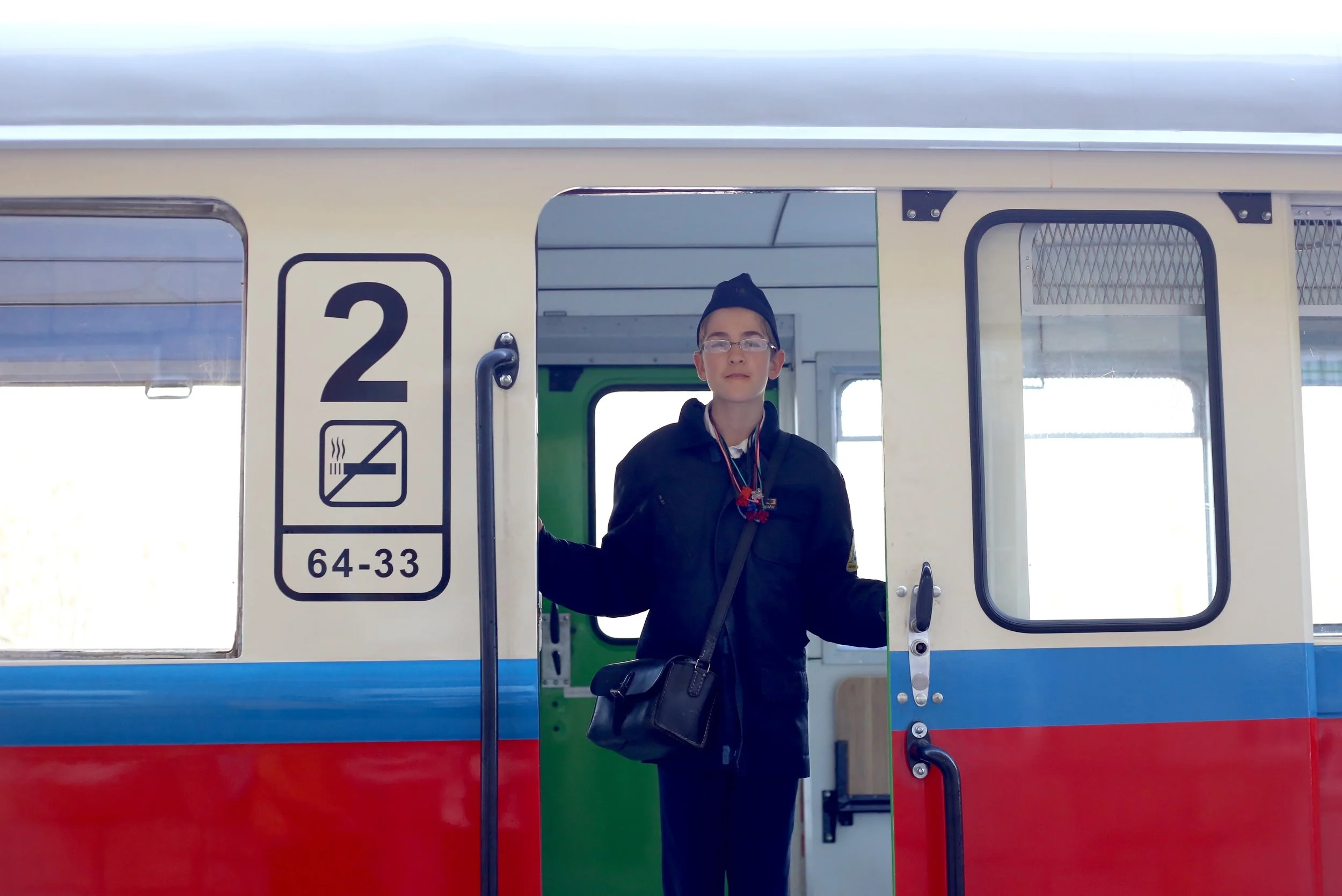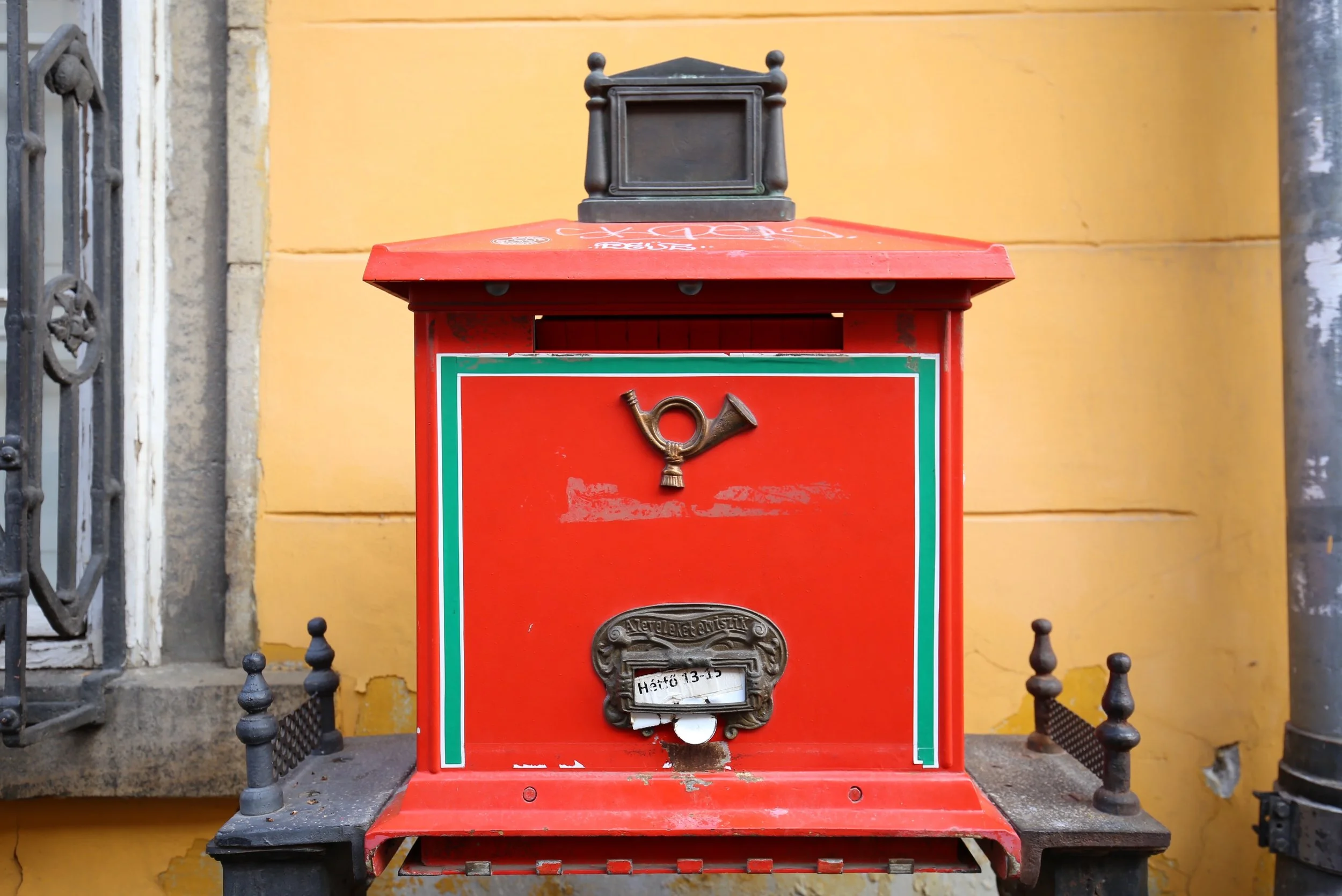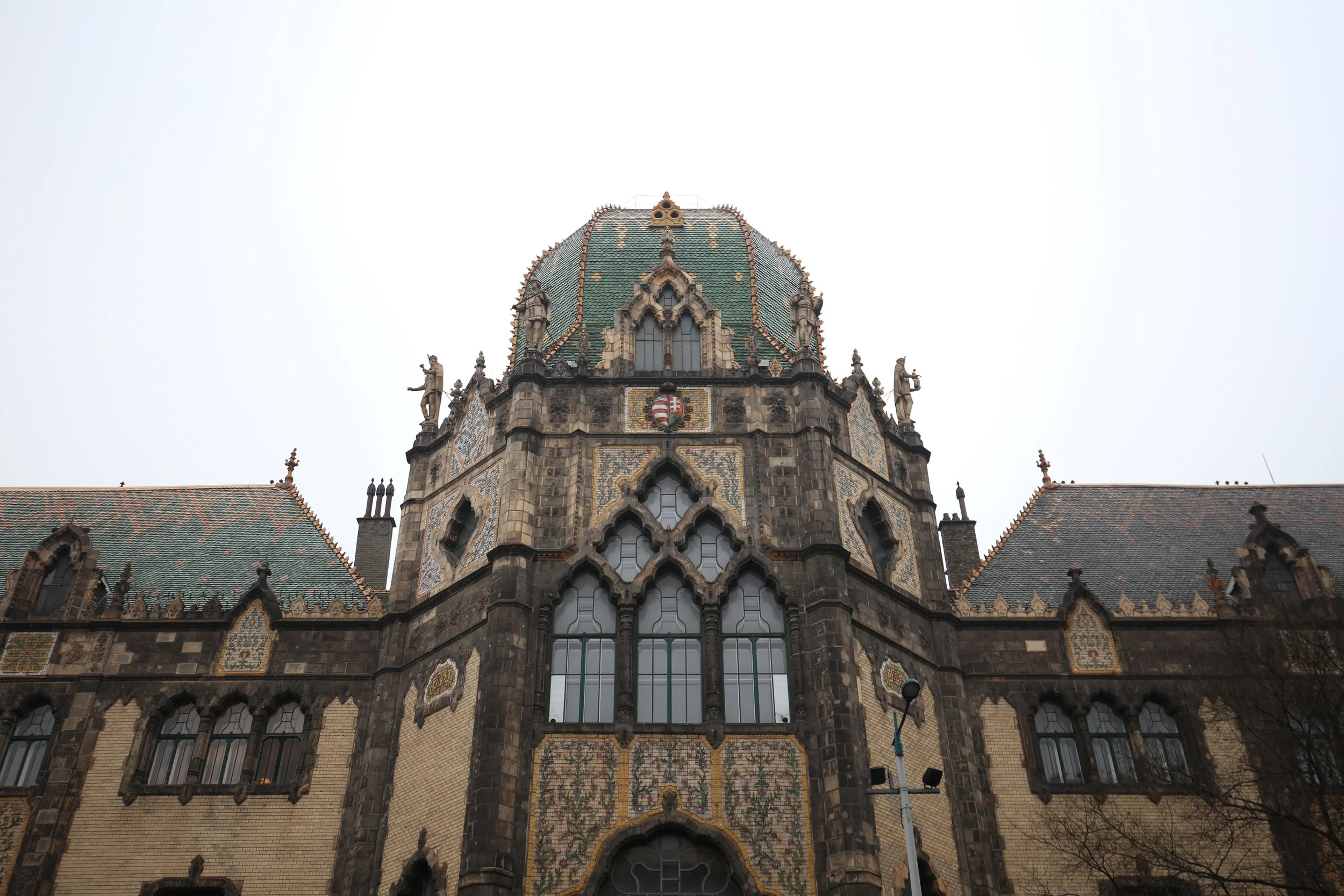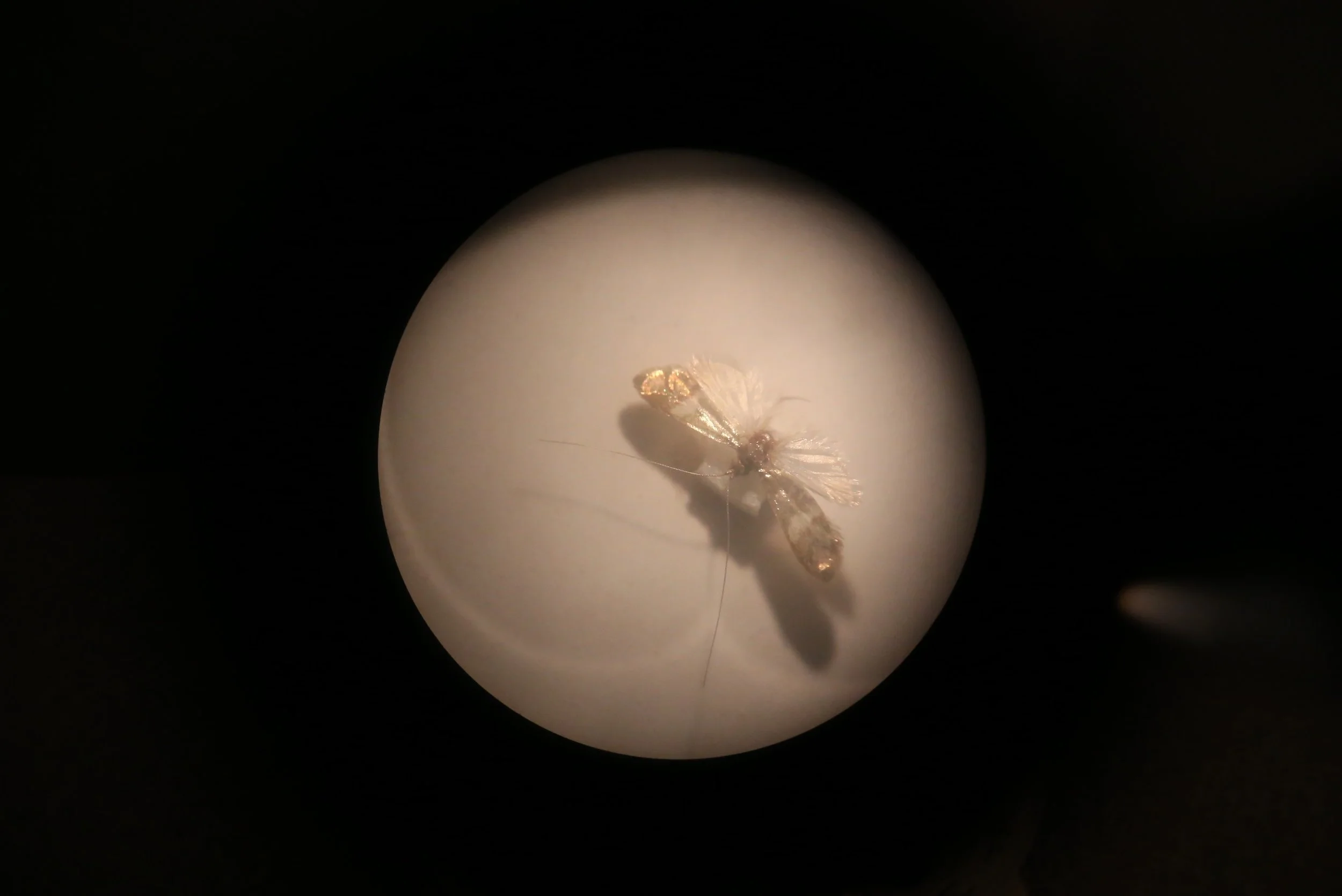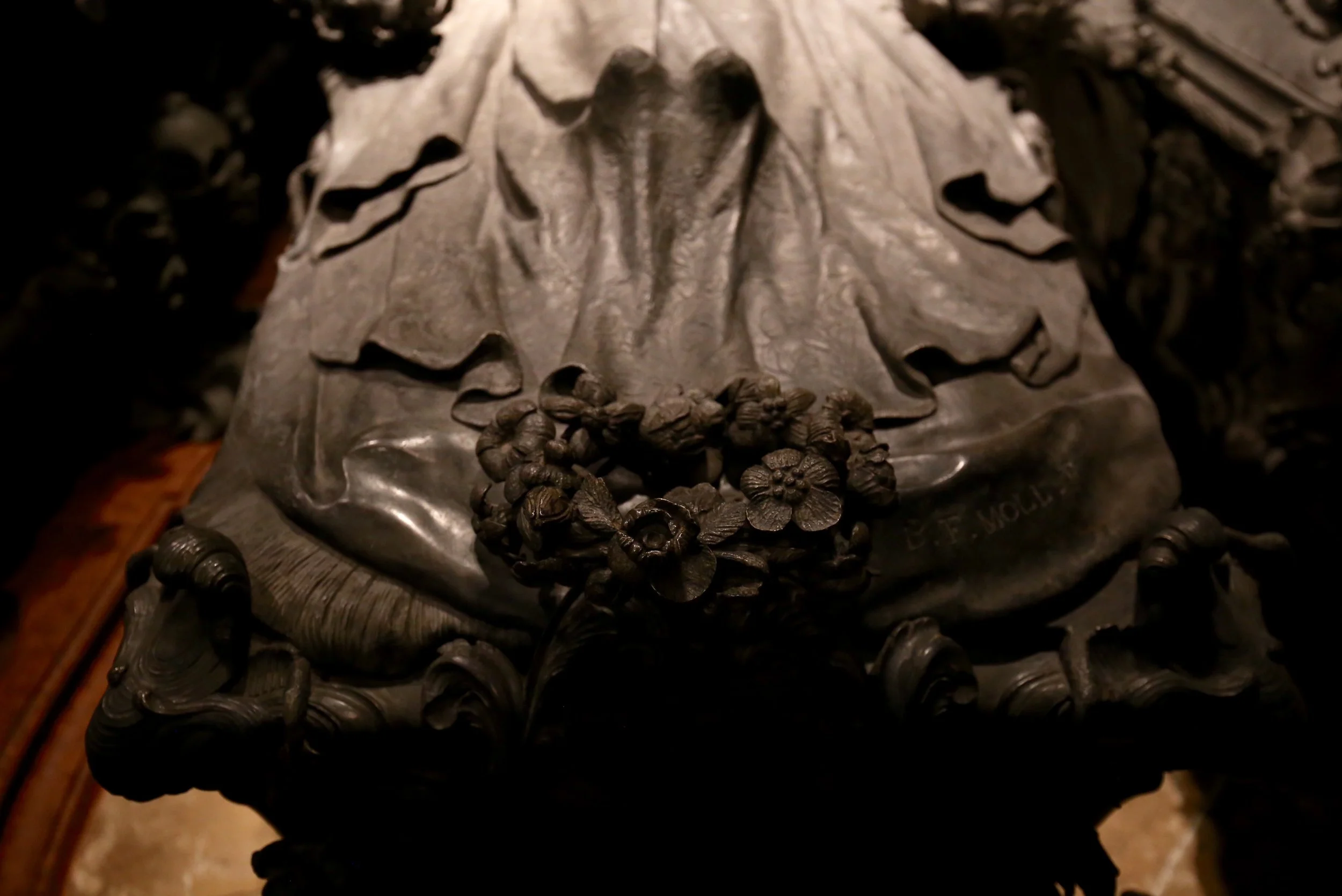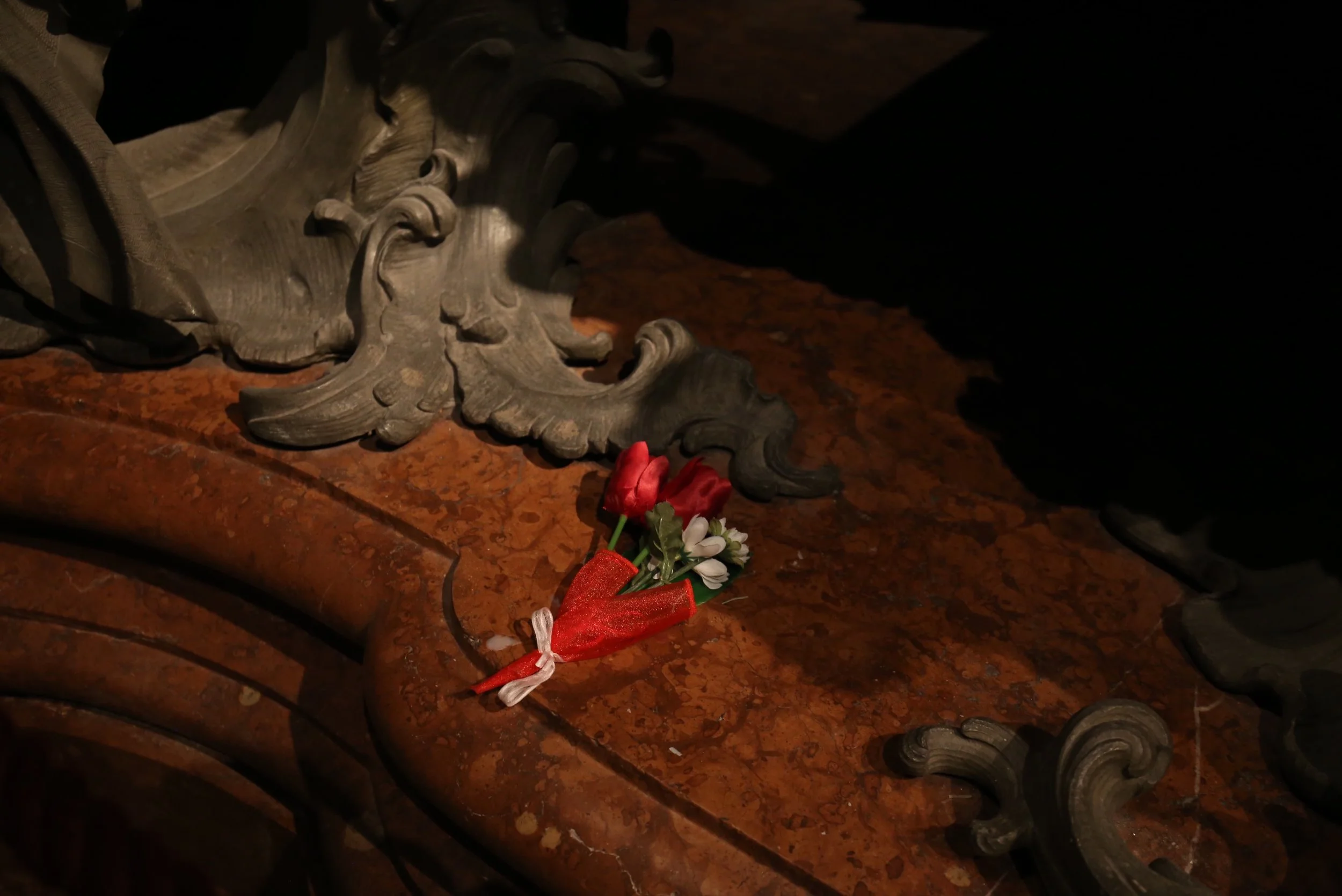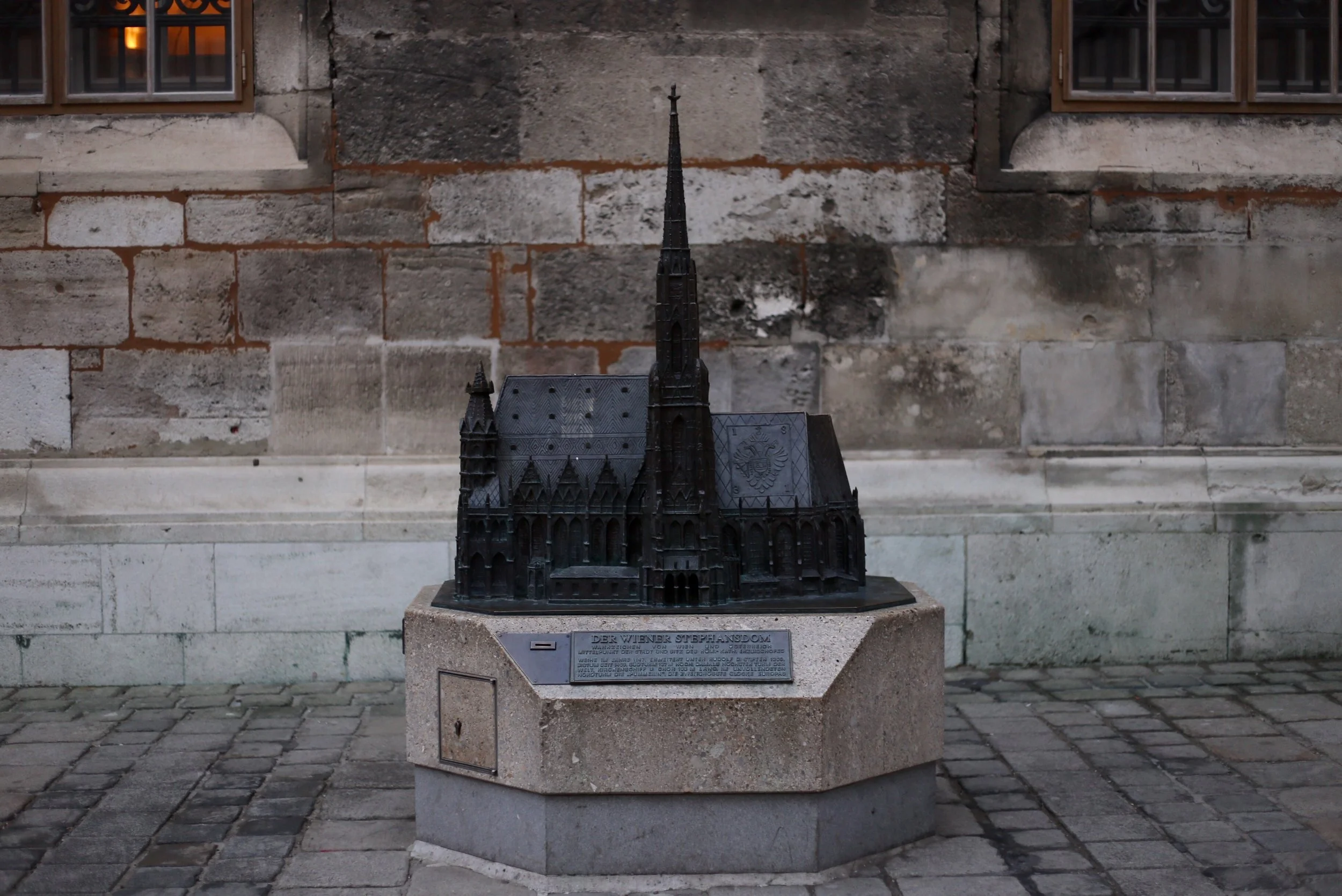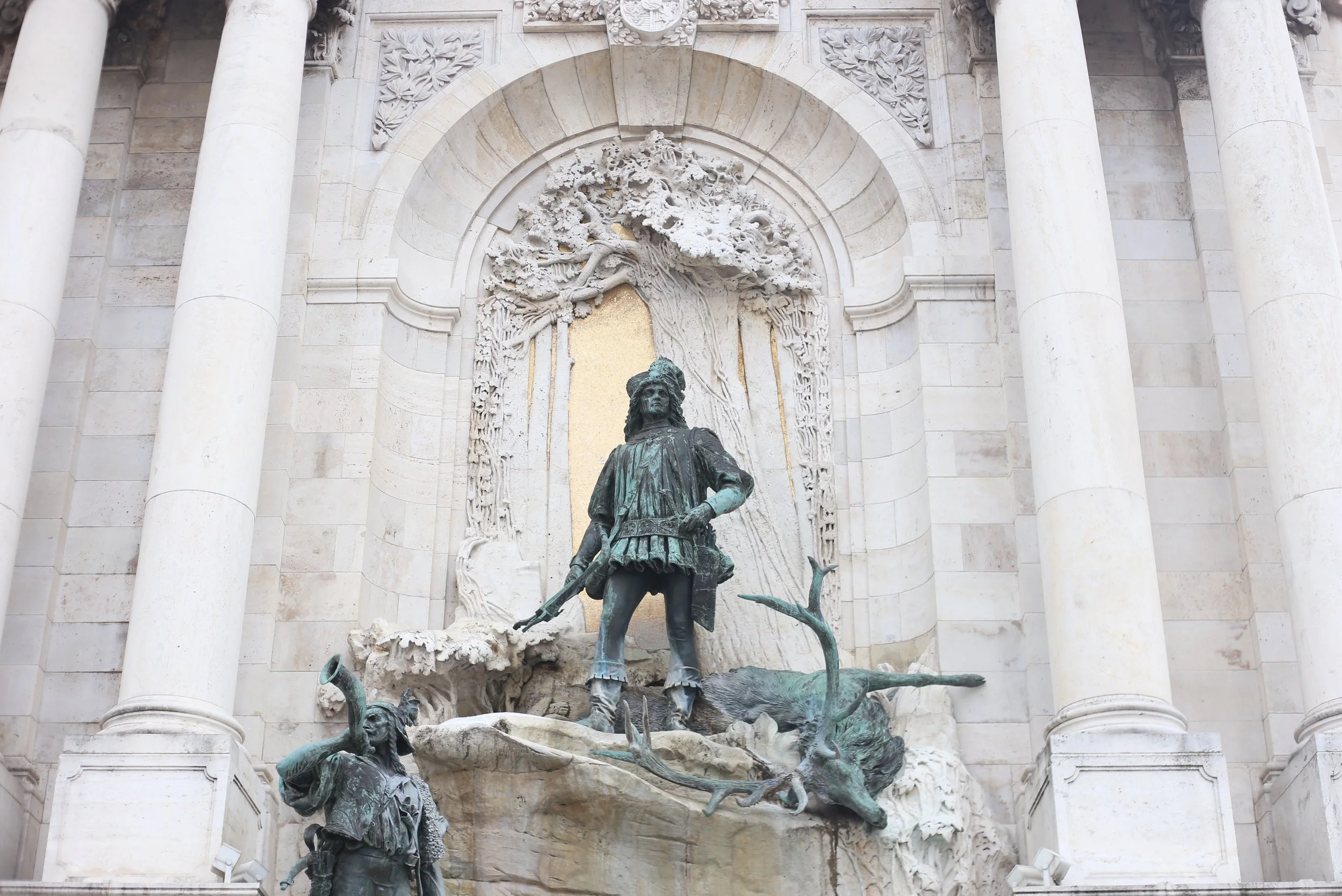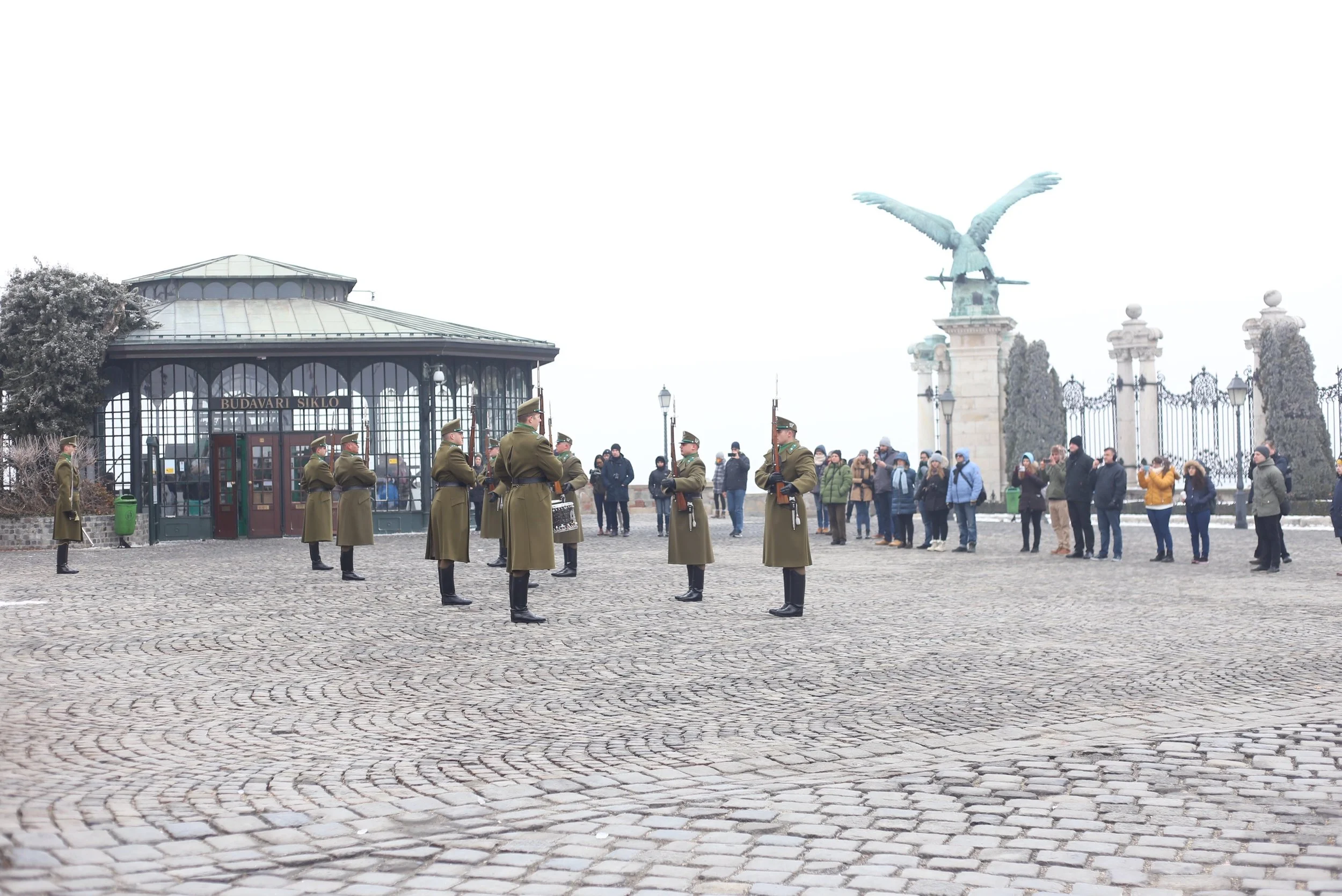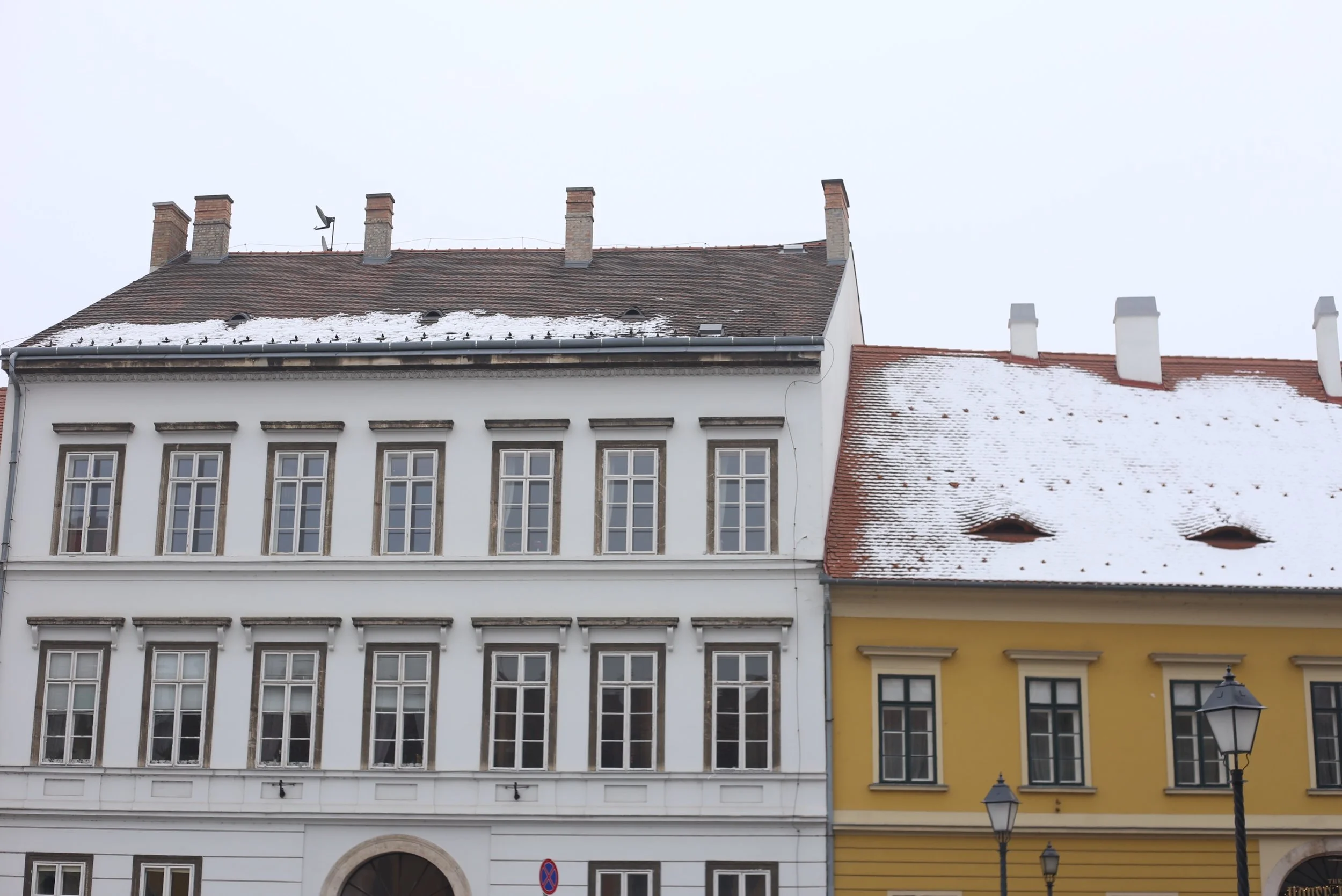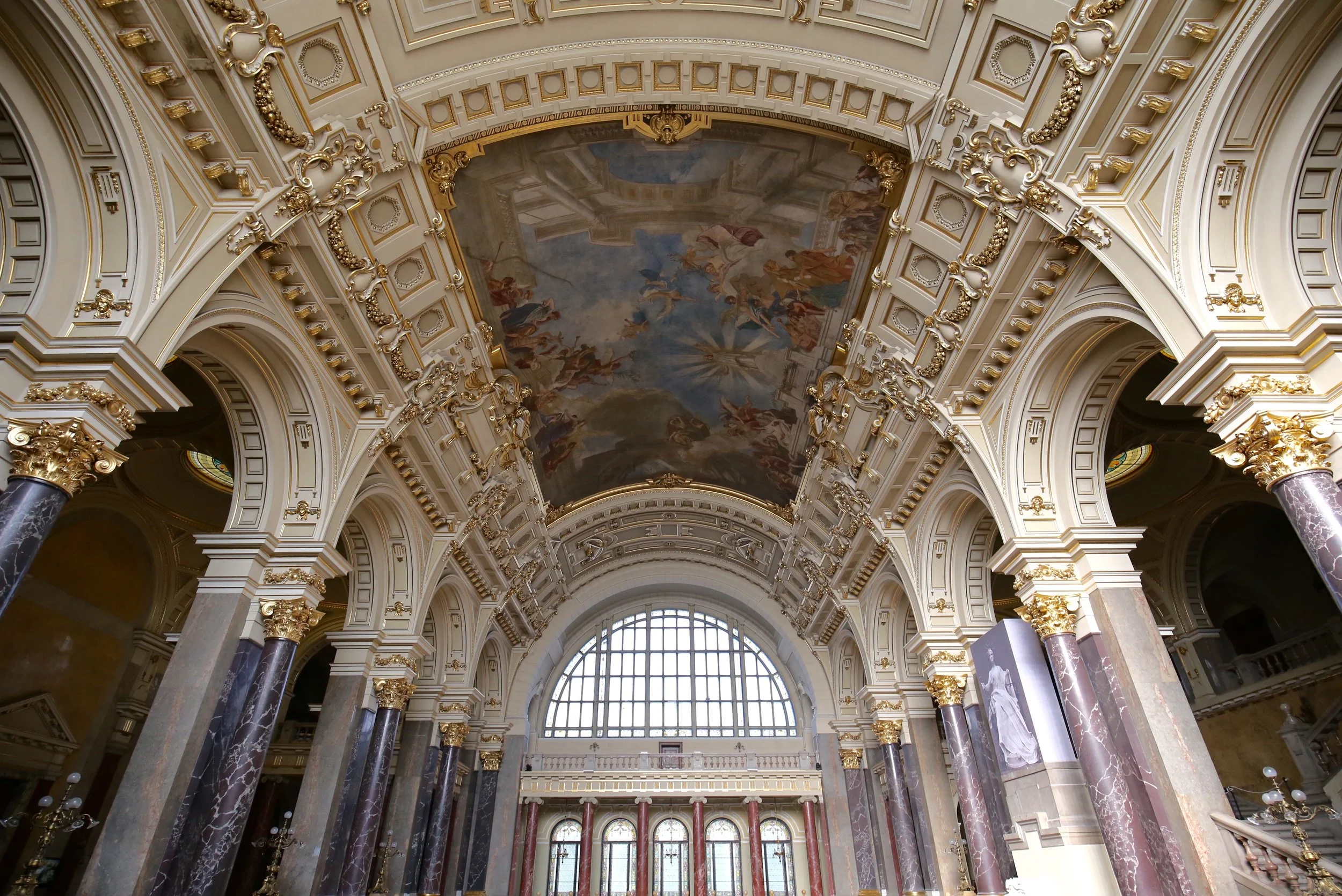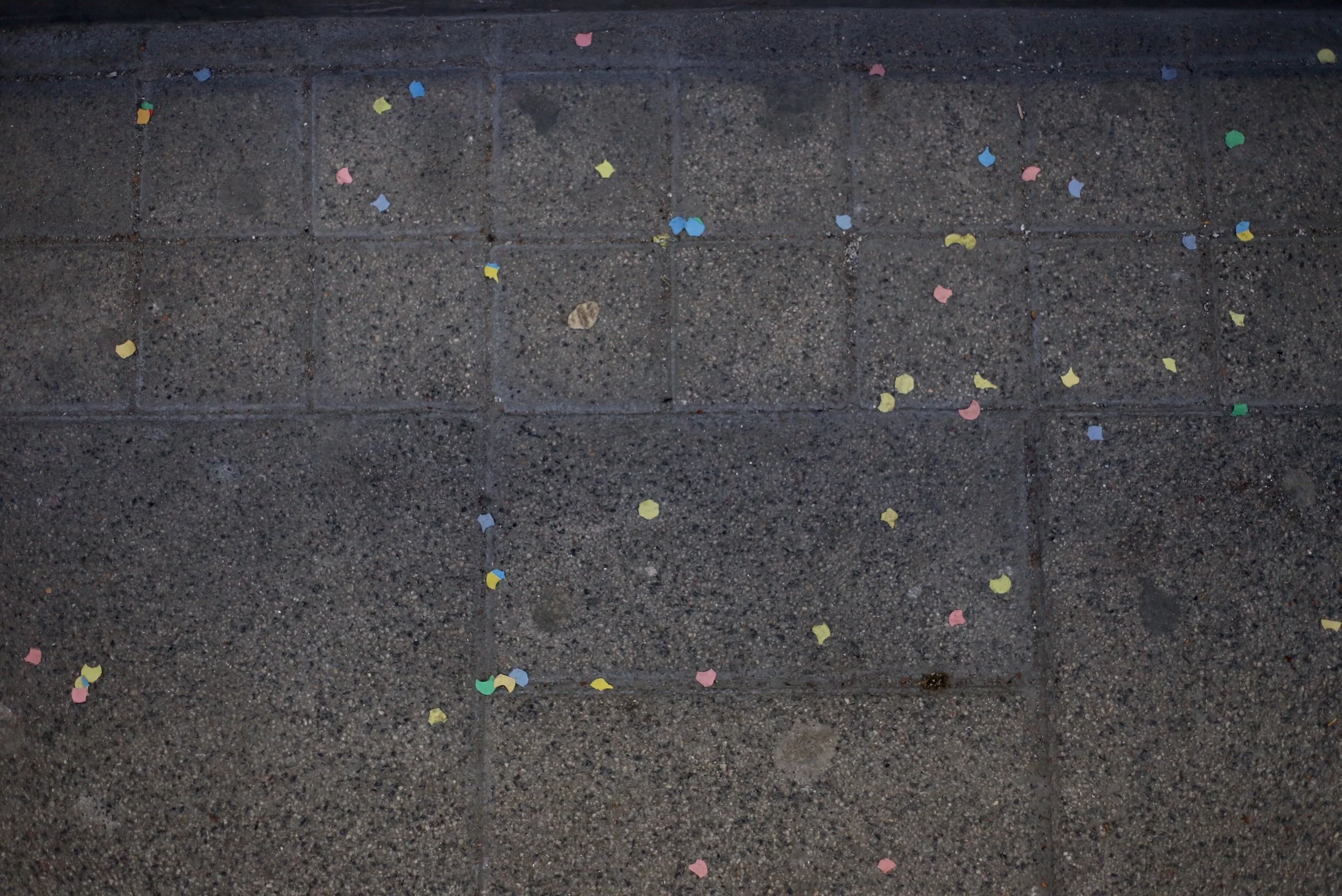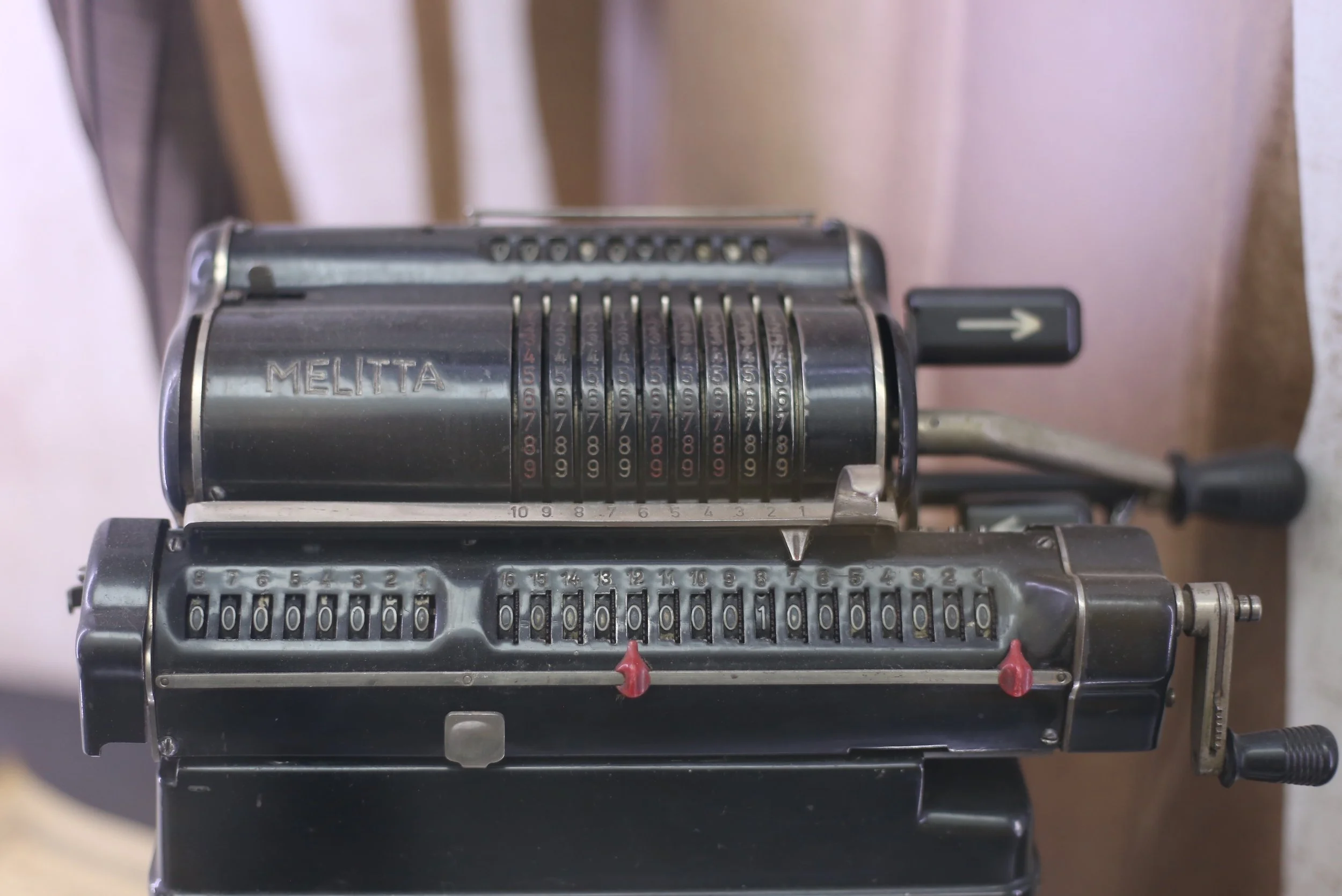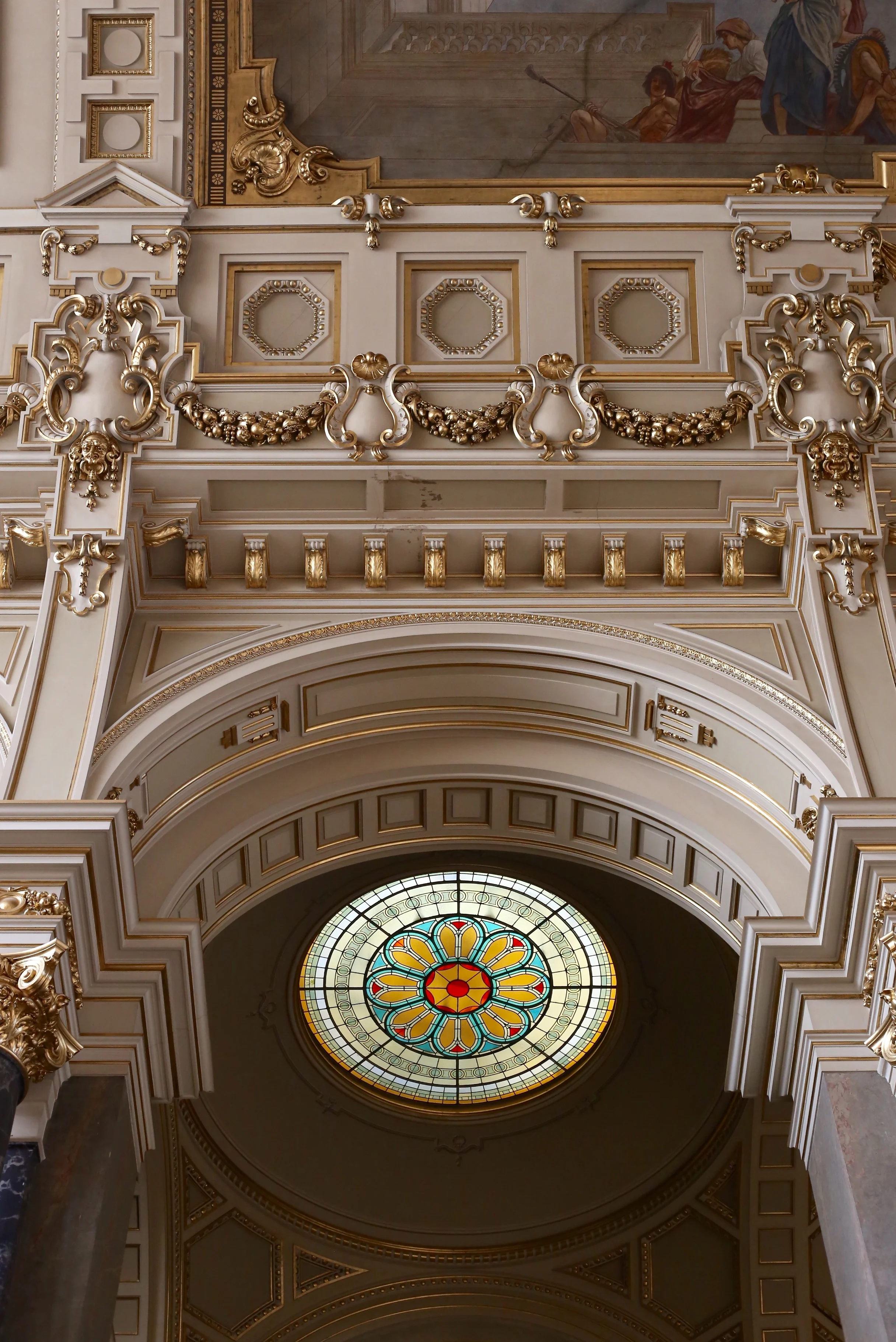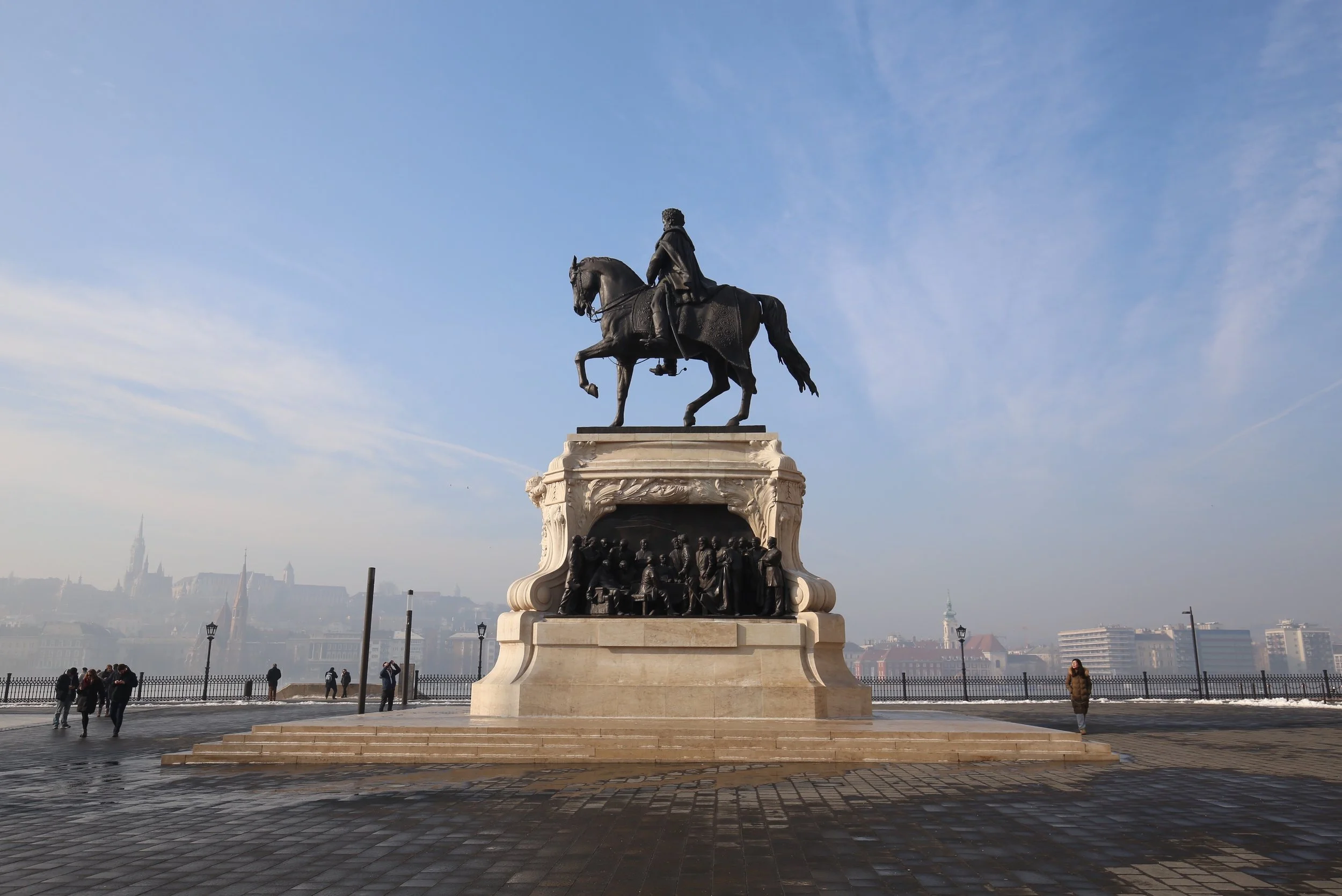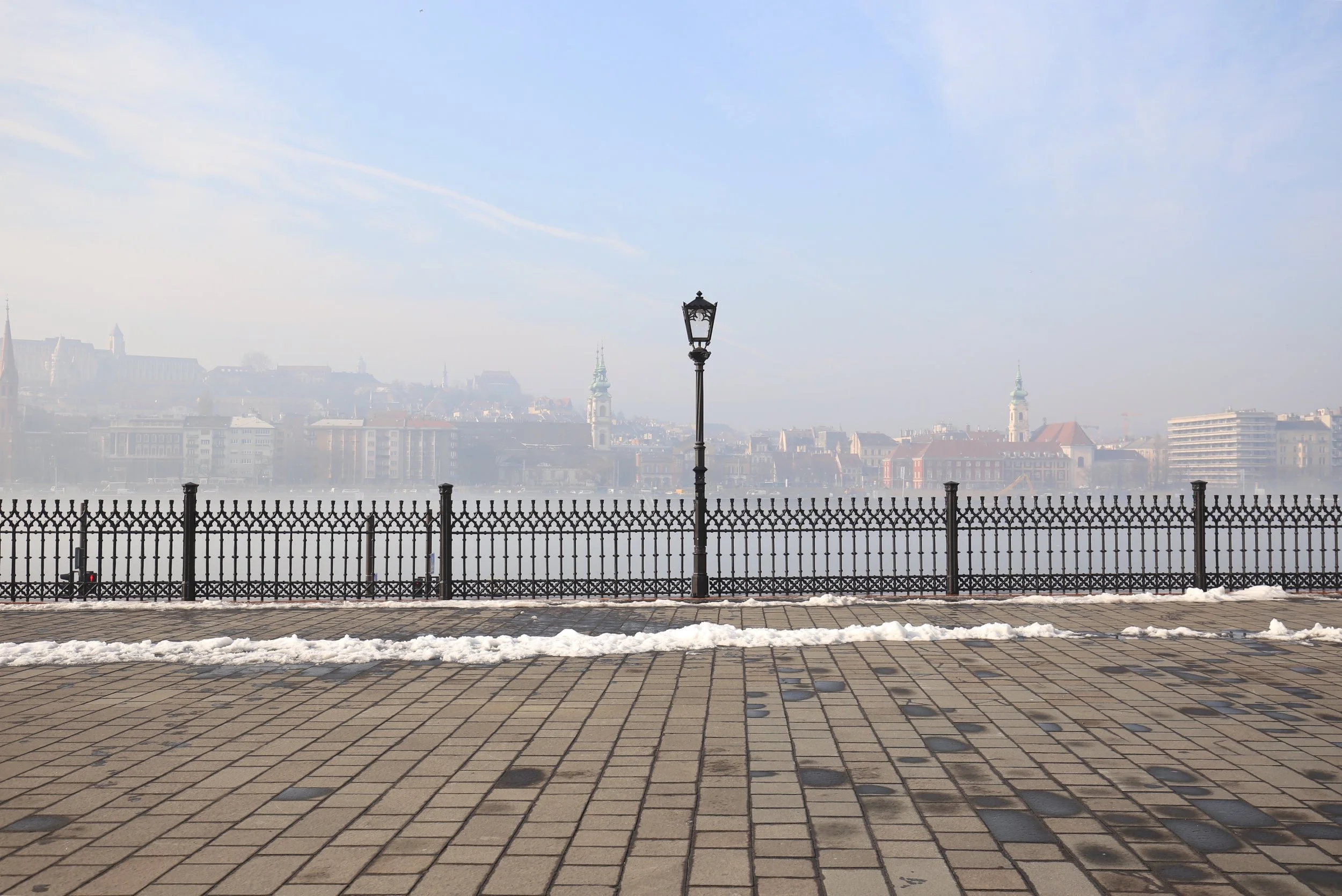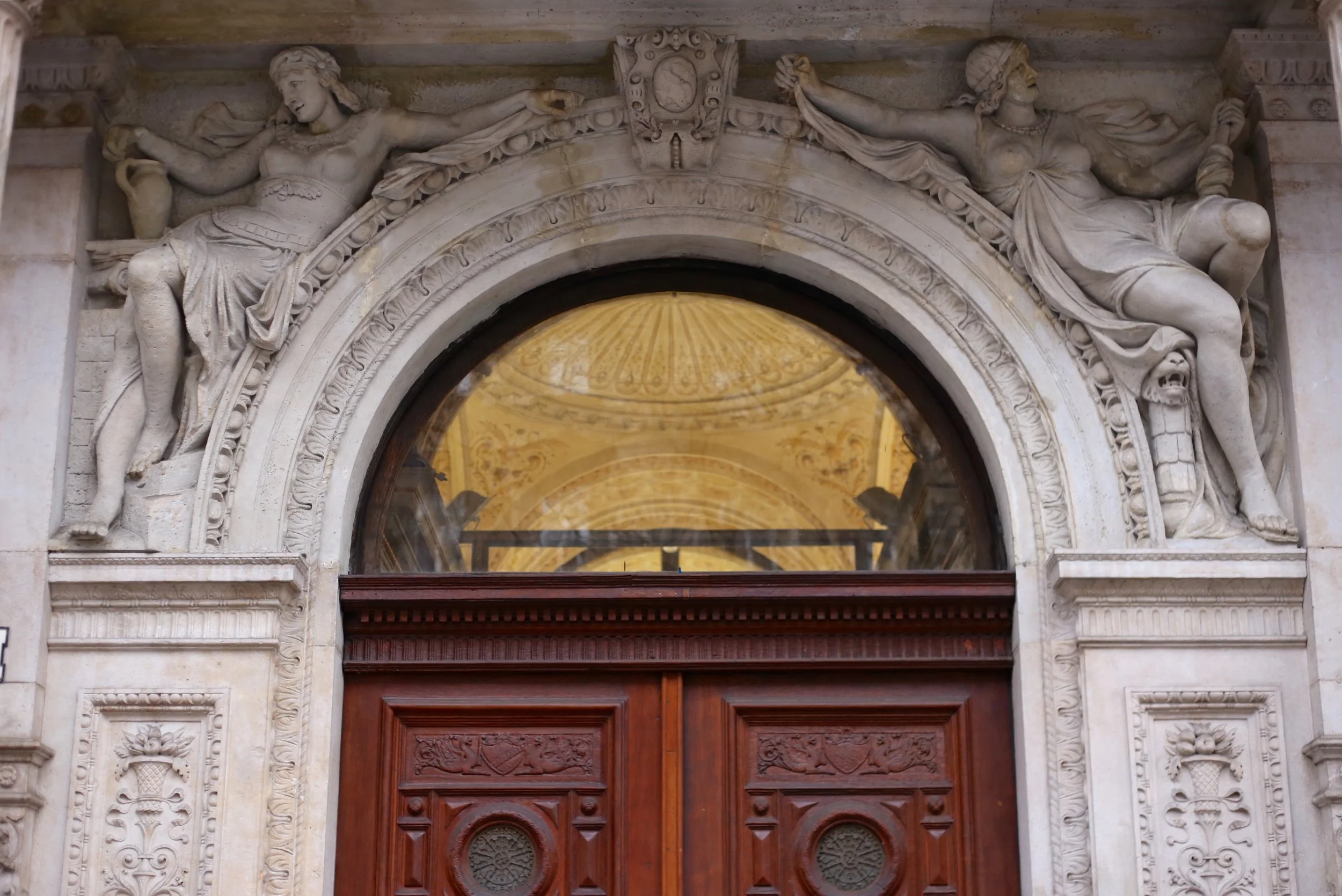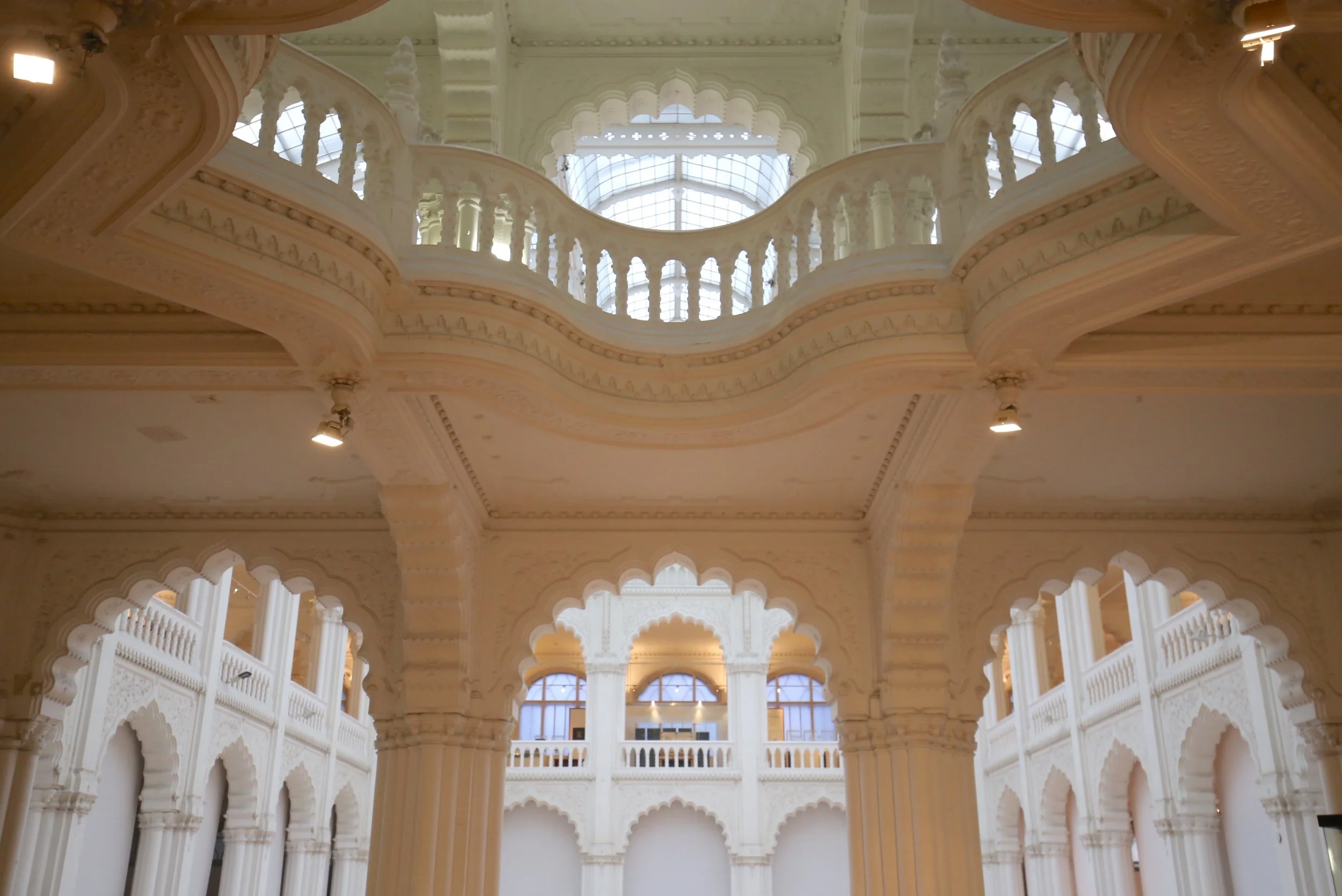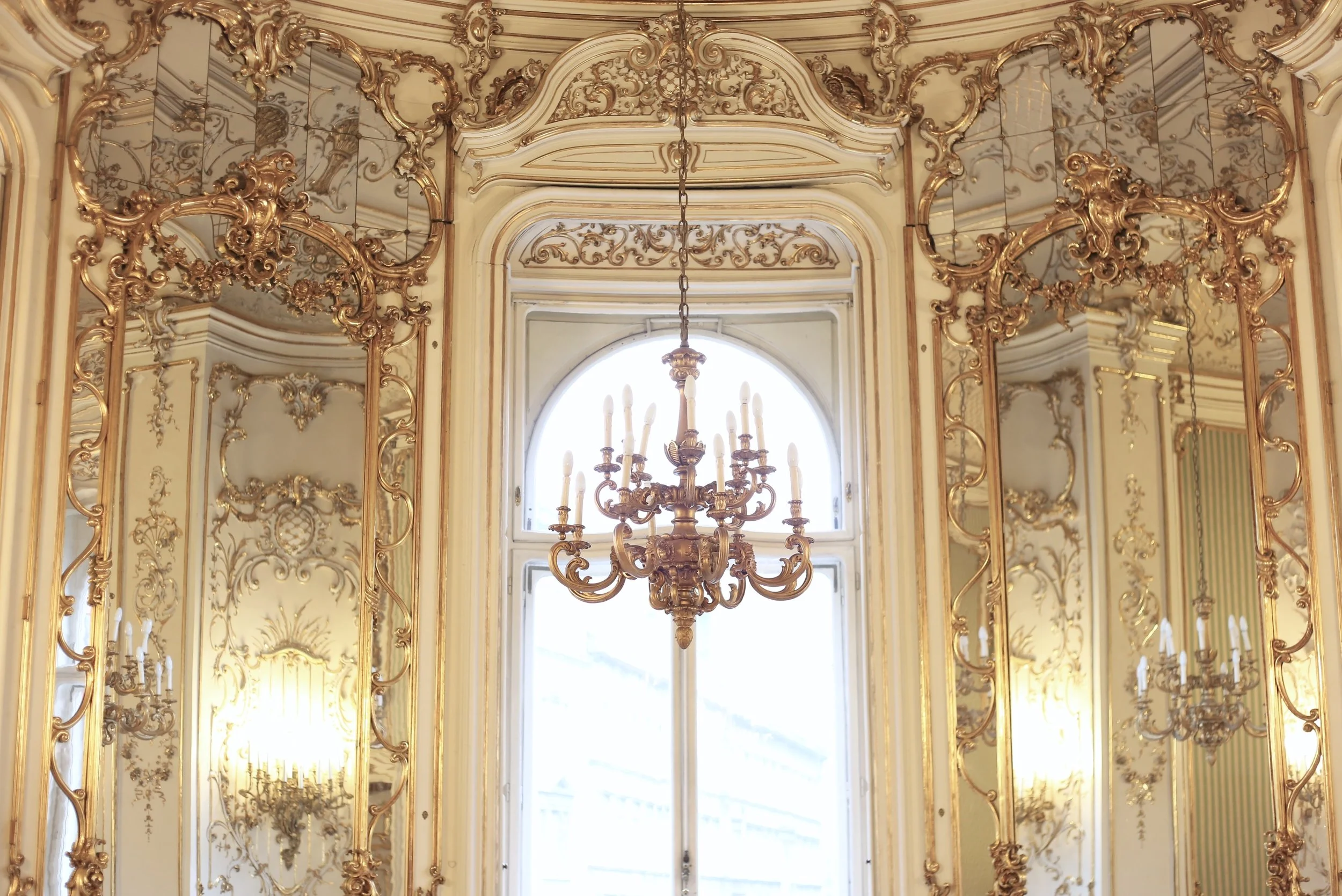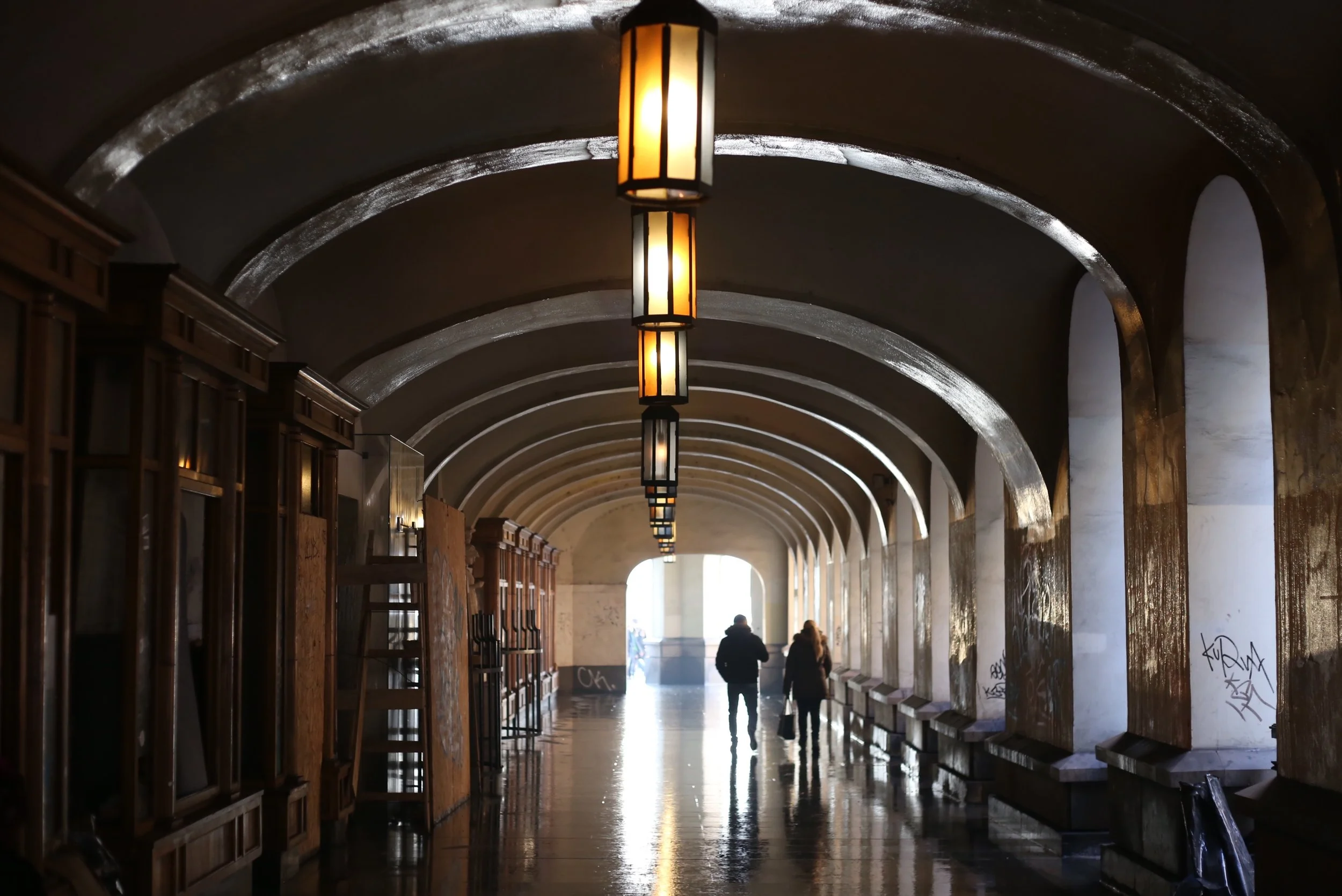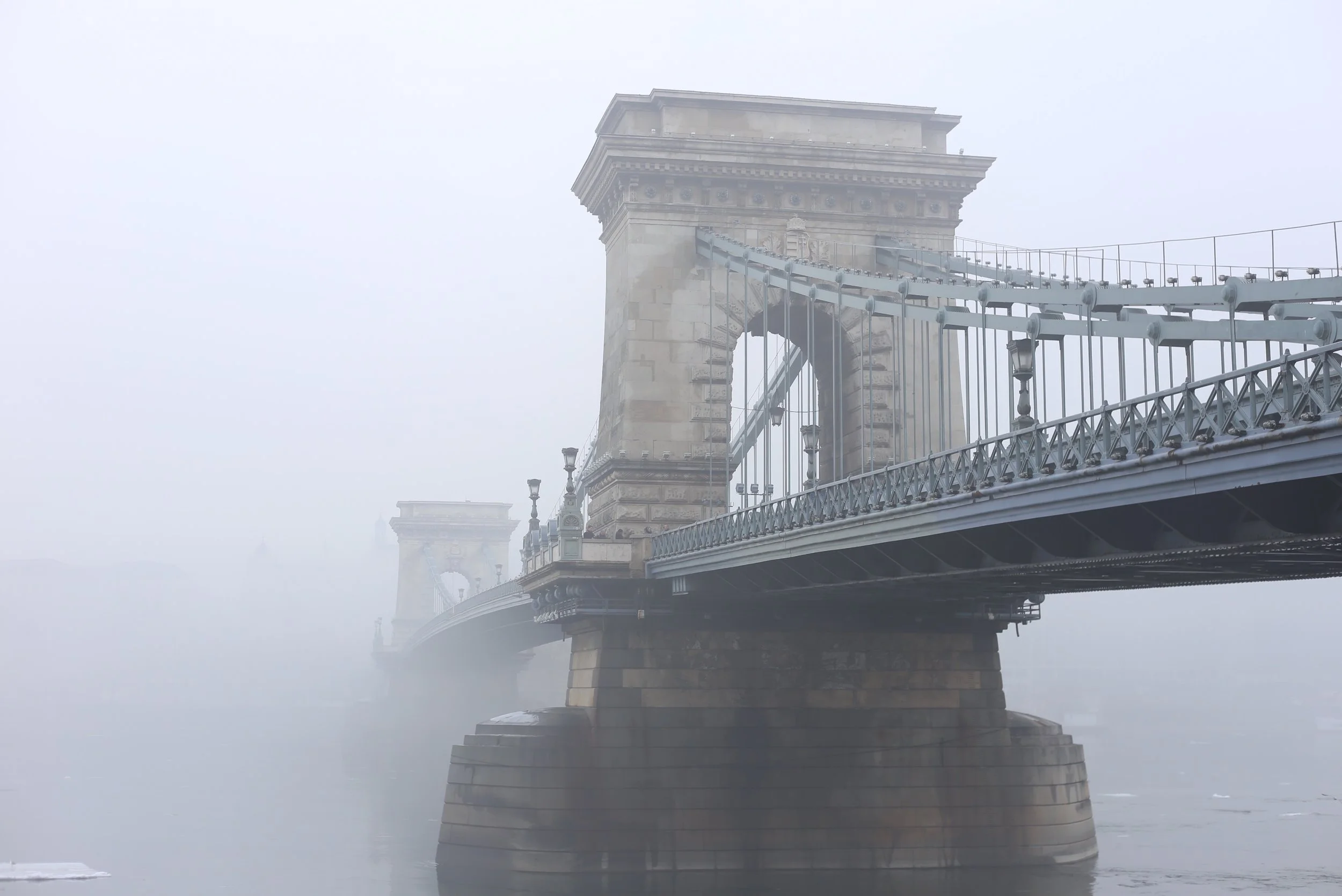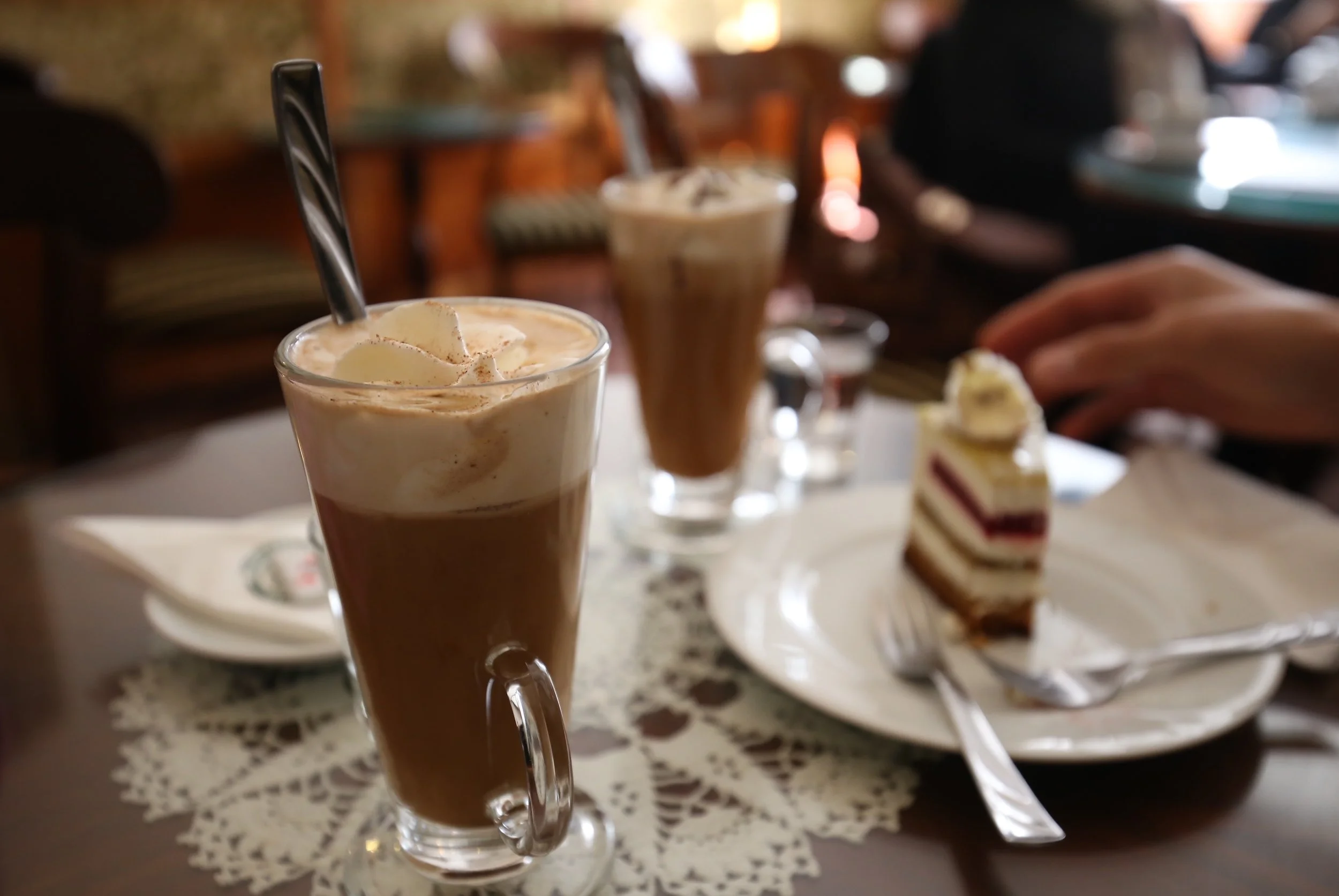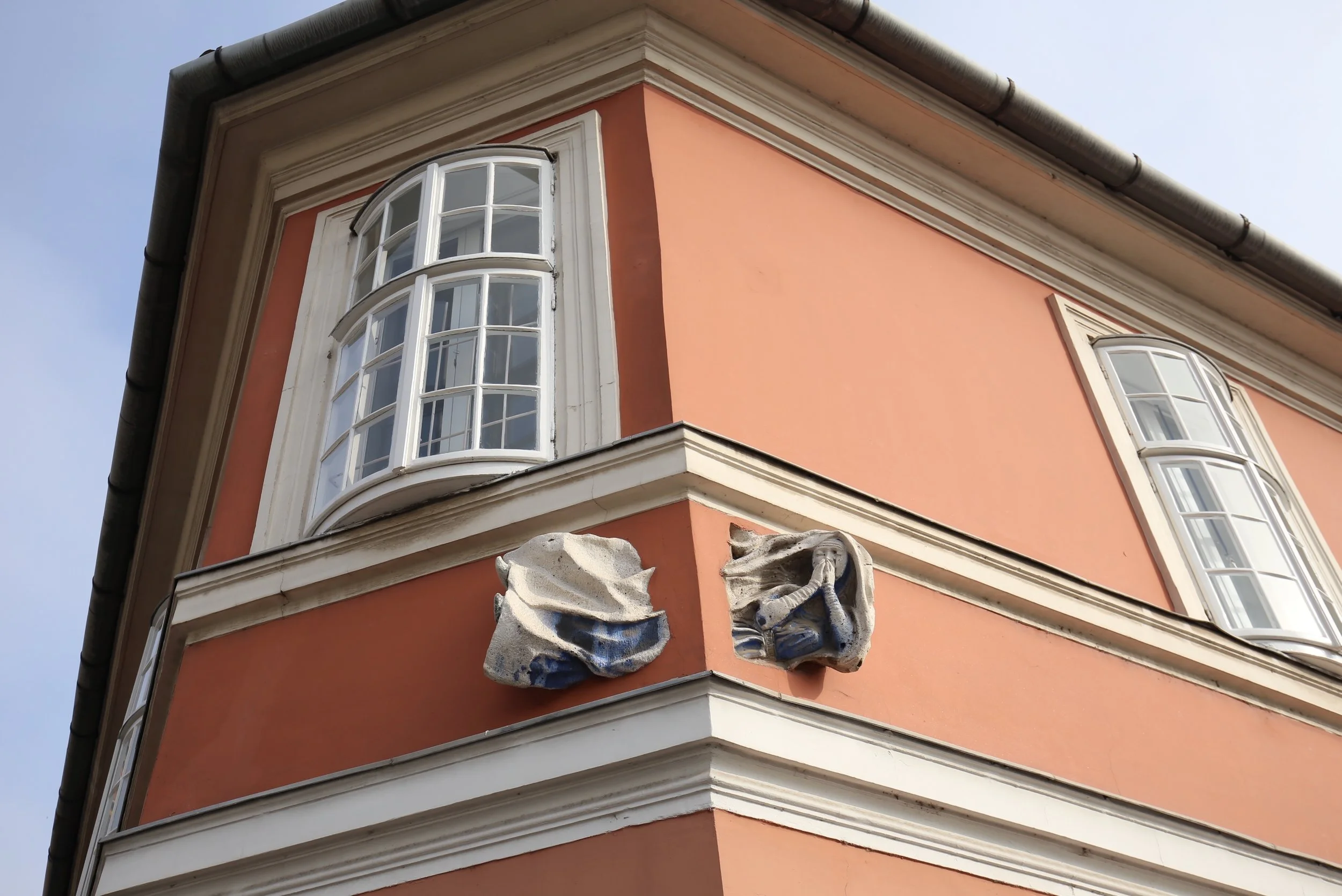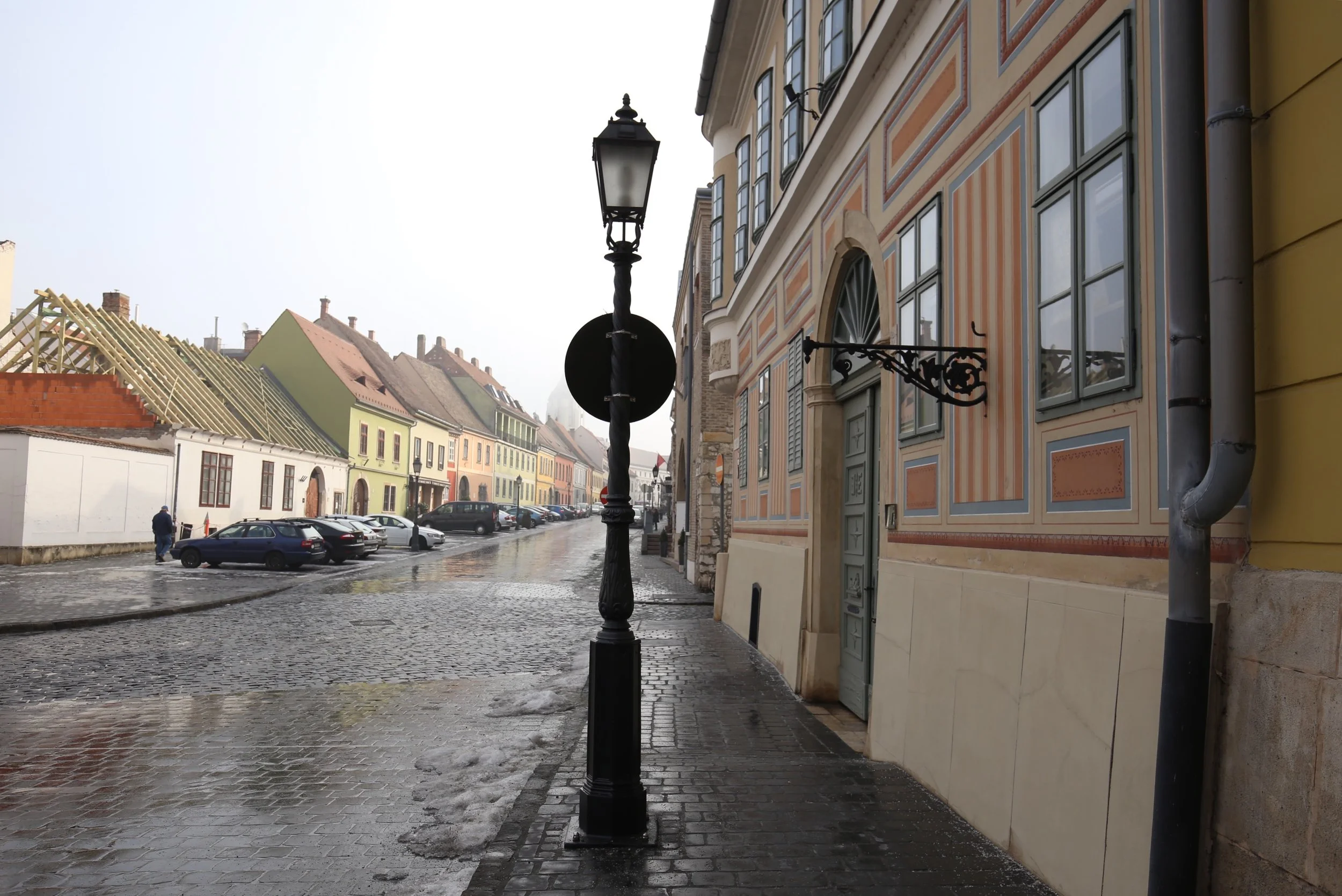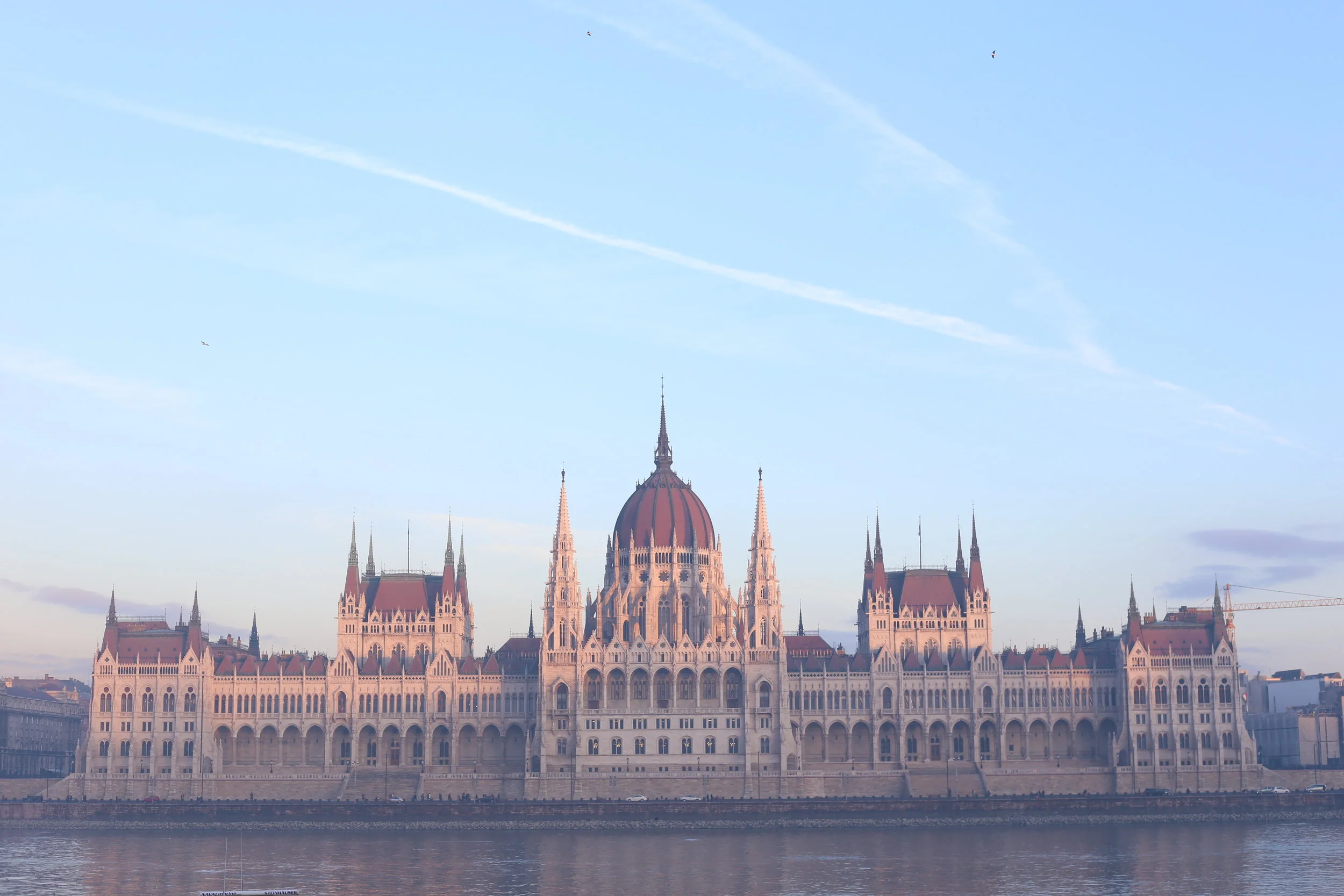THE BOOK OF THE VAMPIRES
“ ...and it was in 1443 that the first Nosferatu was born.
That name rings like the cry of a bird of prey.
Never speak it aloud...
Men do not always recognize the dangers that beasts can sense at certain times.”
DIARY OF ZOE ECCLES
Feb. 2016
Romania is a very different place. This much was clear even as we crossed the border. The roads changed and became a lot more bumpy, slowing our car to a low mumble, and the trees crowded in as the road narrowed, as if they wished to get a good look at us. The mist that had been so prevalent in Hungary thickened, then disappeared completely, revealing a landscape that rolled onwards to unseen mountains. I had a very distinct feeling wash over me when we crossed the border, and it lingered for a few hours afterwards. It was not unlike the after-effects of falling from a great height - when the bottom falls out of one's stomach; but take this and mix it with a blurry head as one feels upon waking from a deep dream, and you have the mysterious feeling I was overcome by. In hindsight, I can only attribute this to strange things; perhaps a shift in realities, as we crossed into a land of collective beliefs and superstitions.
♱♱♱
I cannot say I was ill prepared for what was to come, as I had already heard so many tales of the place. Surprisingly, though, these tales were not of the folkloric kind, and did not touch on the subject of vampires or witches. No. These were modern day scary stories: of the mafia, and con men, and gypsies and dangerous people.
When I was quite young, I remember listening to such tales, told at the dinner table by a well-meaning uncle, who had recently visited Romania. My mother, upon hearing such horrors, decided then-and-there that none of her children should ever visit Romania. I, being the rebellious child that I was, decided then-and-there that I must visit Romania.
♱♱♱
Before visiting Romania, I had come across this one profound question, the asking of which changed my life:
“Who are you, without all your fears?”
You see, I had grown up with many fears, and and a tonne of anxiety. Fears of doing the wrong thing, saying the wrong words, picking the wrong career path, not being good enough... Fears of certain foods, of health disorders, of becoming poor... Fears of irrational things, terrorist attacks, being murdered, becoming a victim of some kind...
All these fears knocking around in my head, and who would I be, without them?
It was an interesting question.
I held it in my mind, as we entered into that unknown, supposedly dangerous territory that is Romania.
♱♱♱
It is important to note that I was not without fear when we first began to explore this vast country... In fact, I was positively crippled by my anxiety surrounding the 'bad things that could happen to us.' I remember not wanting to leave our Airbnb one day, because I thought the small, creepy town we were staying in might be dangerous. Luckily, though, a chink of light showed through the dark veil of fear, and I decided to venture out, with Oliver by my side...
... Only to find that everything was quite peachy! Slowly, gradually, throughout our entire journey, my fears were alleviated and replaced with the honest truth of my own experience: that humans in Romania were, in fact, the same as any others. We were shown kindness after kindness! Some of them even became our friends, and joined us in our travels for a while, sharing their homes and food and beer.
Honestly, I should have been more worried about the vampires...
ROMANIAN VAMPIRES
There was something... odd about the whole place.
Perhaps it was the fact that we had been reading Bram Stoker's Dracula, or perhaps it was the castle hallways - dark, brooding, and candle-lit with red carpets and dusty suits of armor that dated from the time of the first inhabitants. Or maybe it was the way that the local people kept telling us to keep the windows closed. Not just in houses, but in cars too...
Whatever it was, I began to feel like I didn't want the windows open, while we slept.
Intrigued by the subtle overtones of folkloric belief, I began to ask around, only to get a mixed response. Some people did not believe in such things at all, others went quiet. But a few of them spoke up, and began to tell me tales of their grandmother's time, when ghouls and the undead were not simply a thing of fairytales.
One night, driving under a pale milky-faced moon, I saw fires in the fields - little glimmers of light in the darkness.
And again, when we visited the graveyards, the candles were burning, with not a soul around, the snow softly falling.
The whole effect was quite eery, and I had some very strange dreams.
““I want you to believe...
...To believe in things that you cannot. Let me illustrate. I heard once of an American who so defined faith, `that faculty which enables us to believe things which we know to be untrue.’ For one, I follow that man. He meant that we shall have an open mind, and not let a little bit of truth check the rush of the big truth, like a small rock does a railway truck. We get the small truth first. Good! We keep him, and we value him, but all the same we must not let him think himself all the truth in the universe.””










